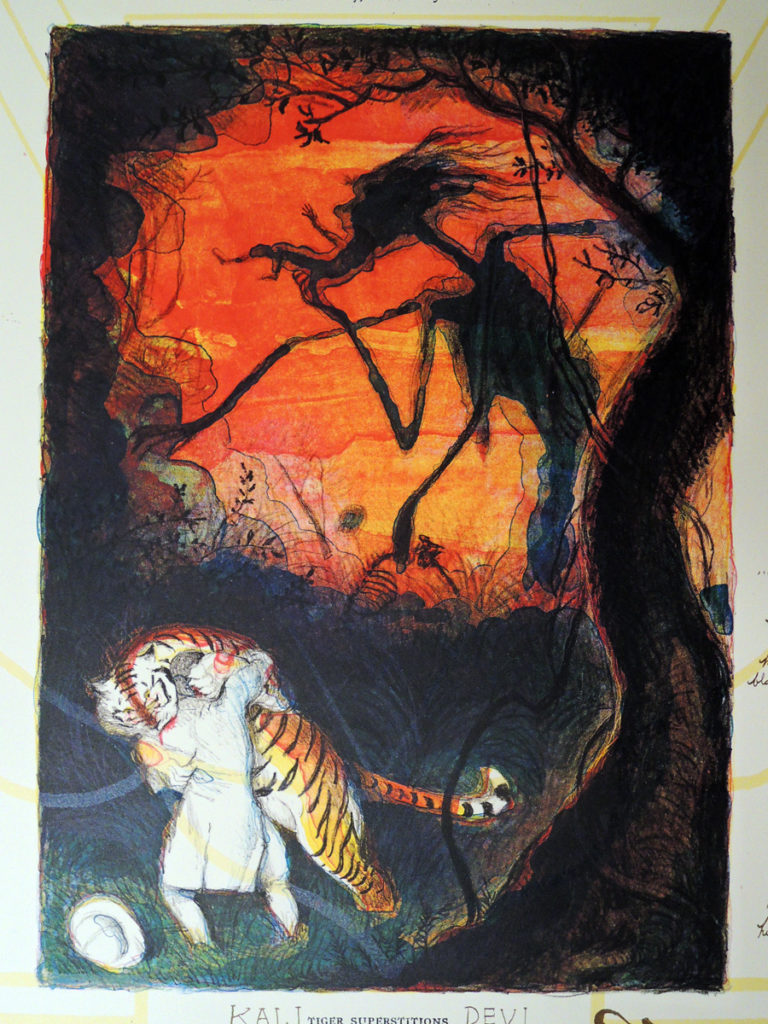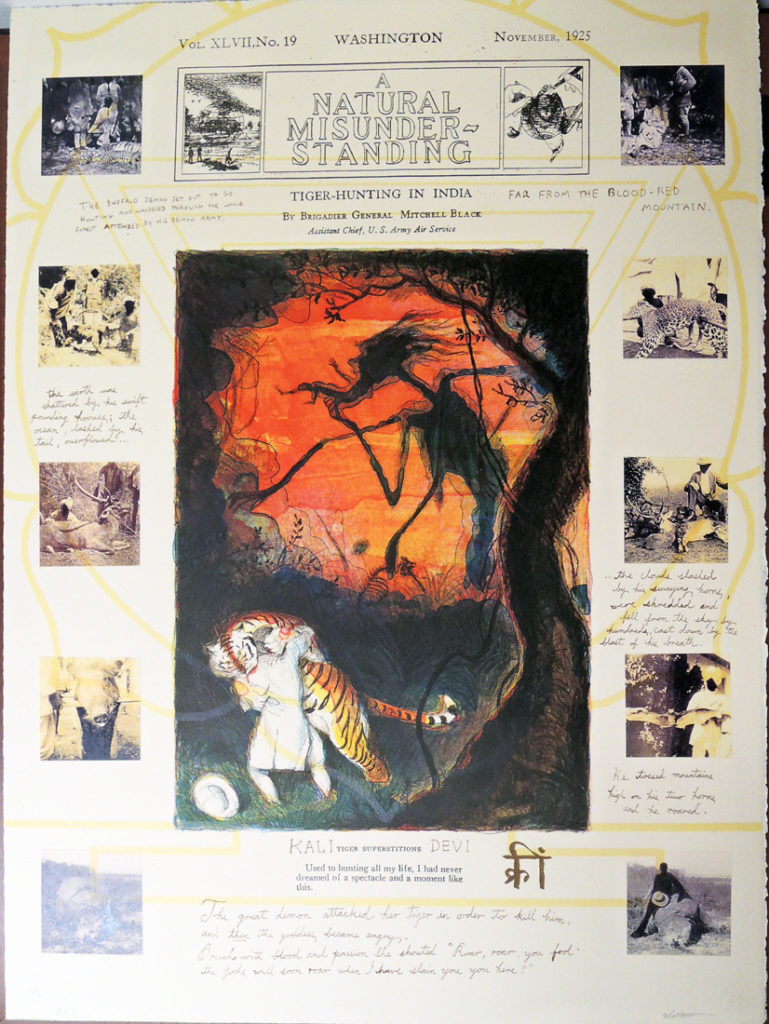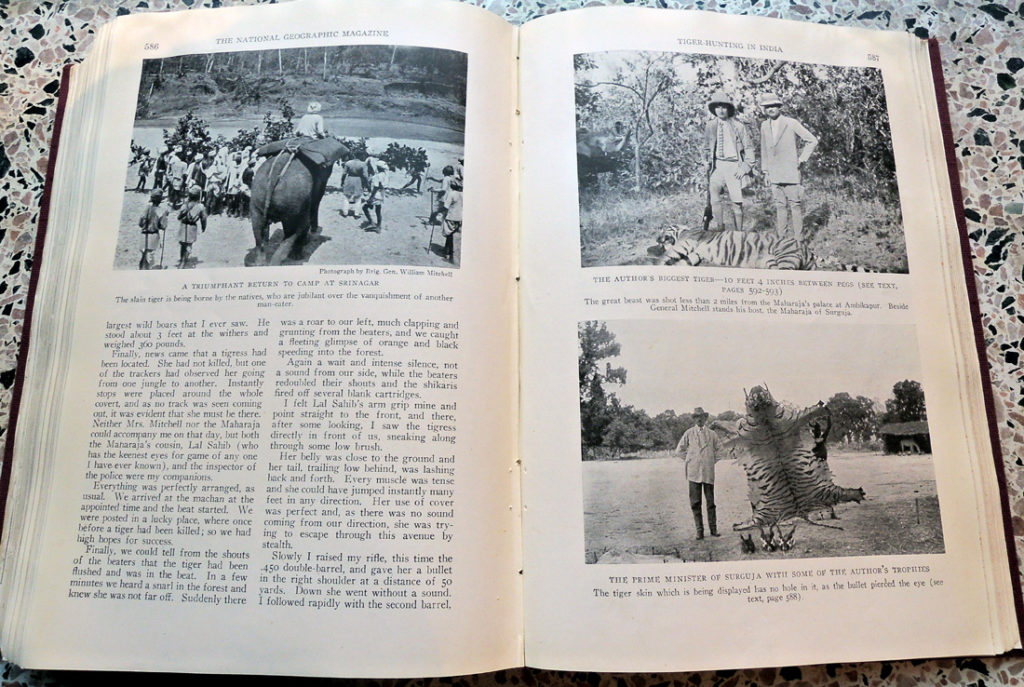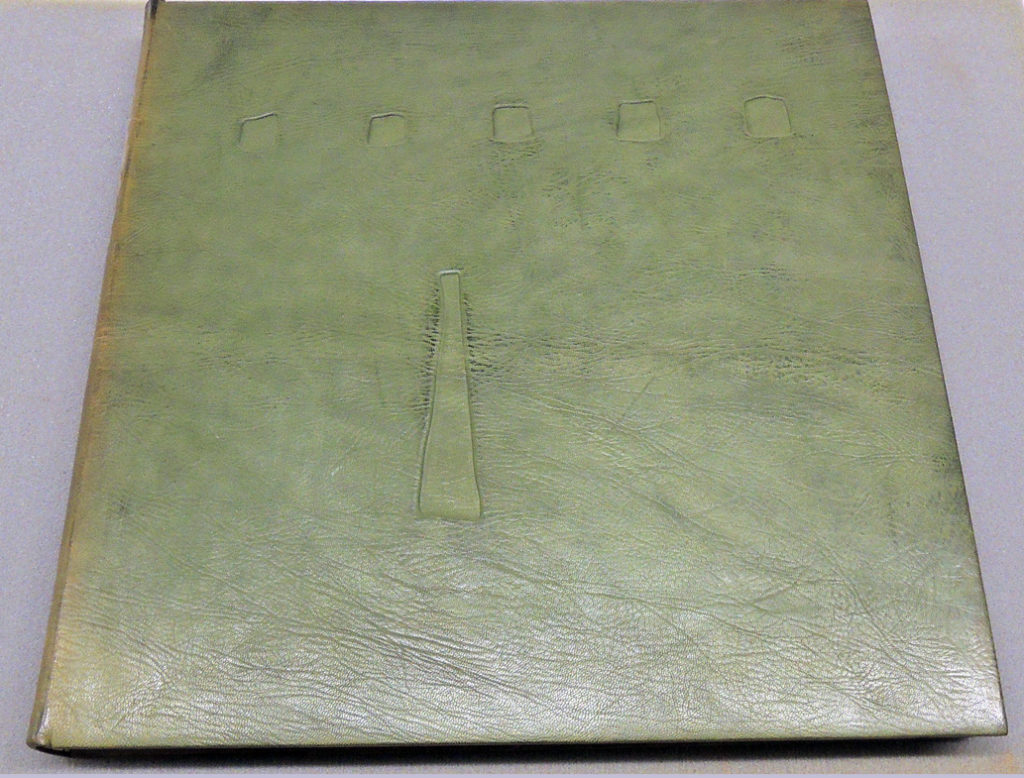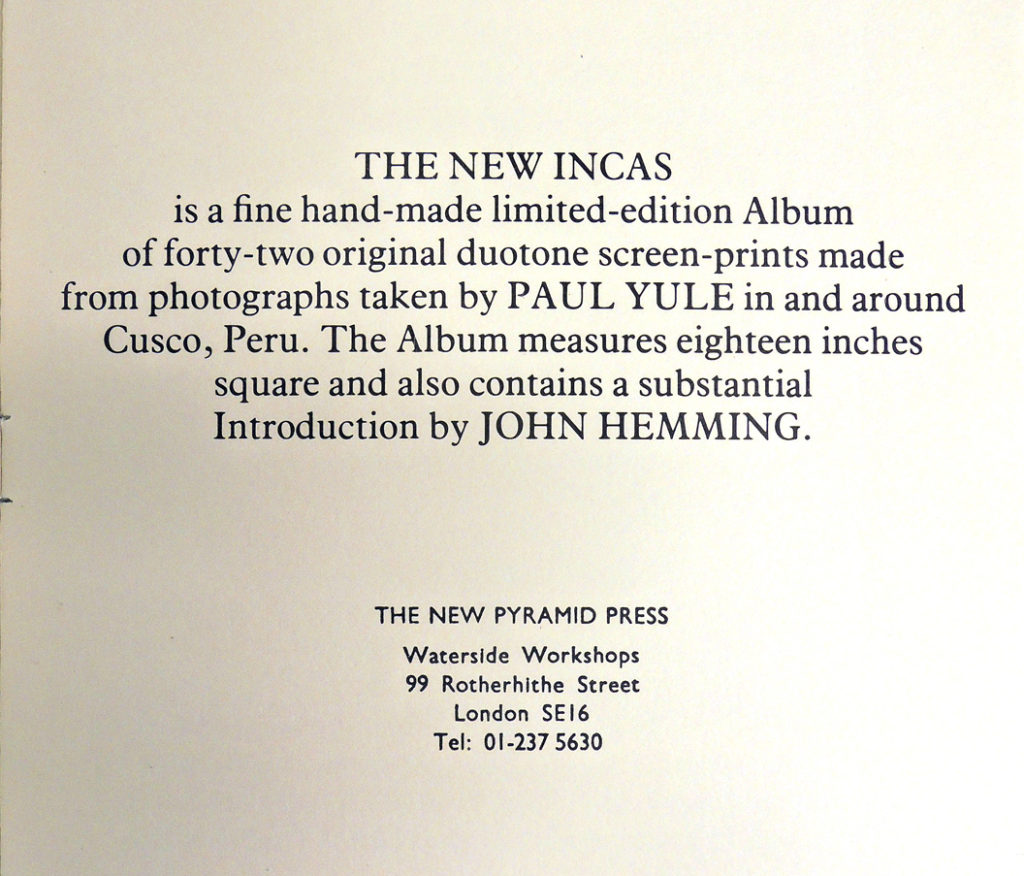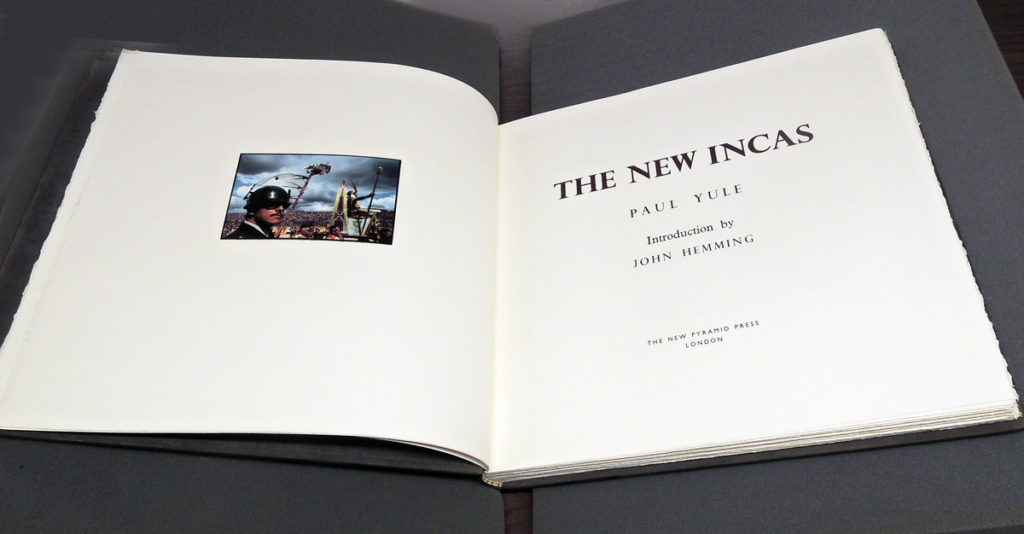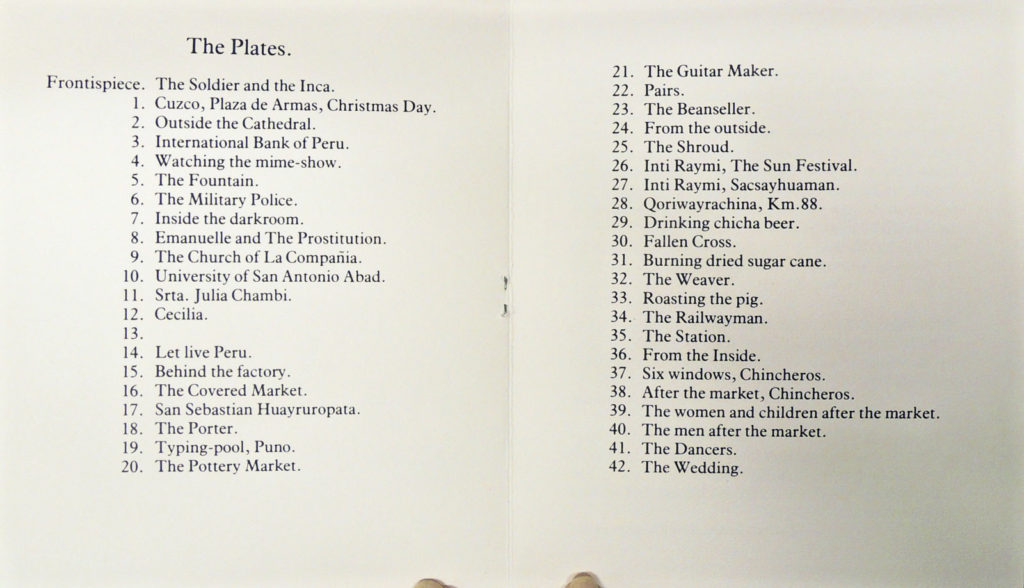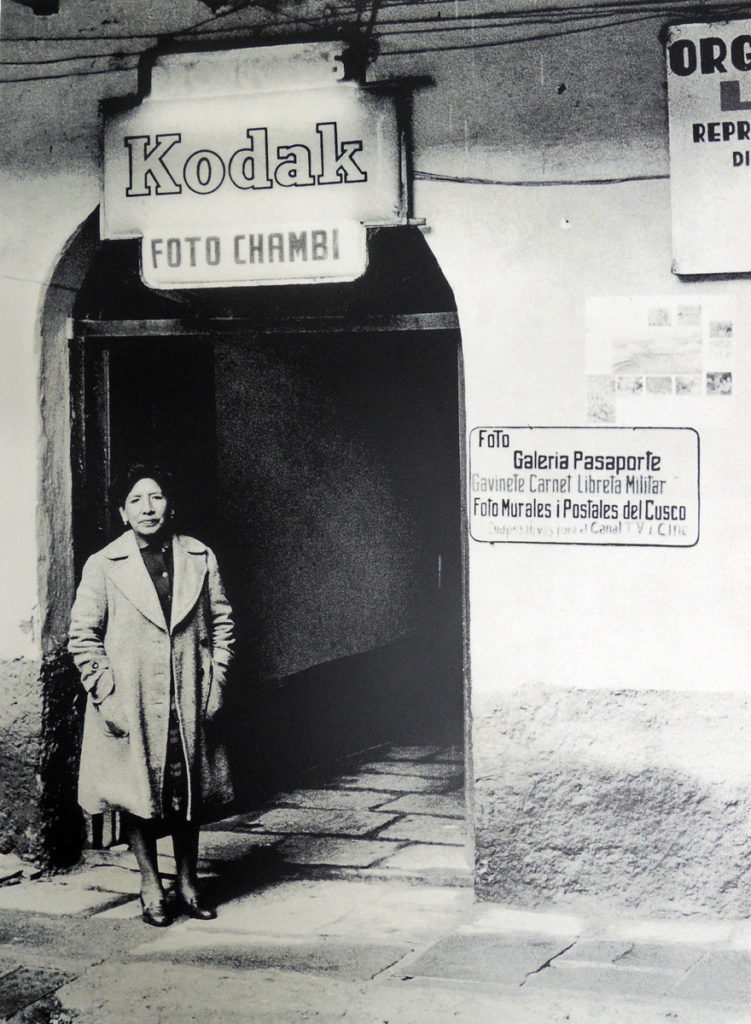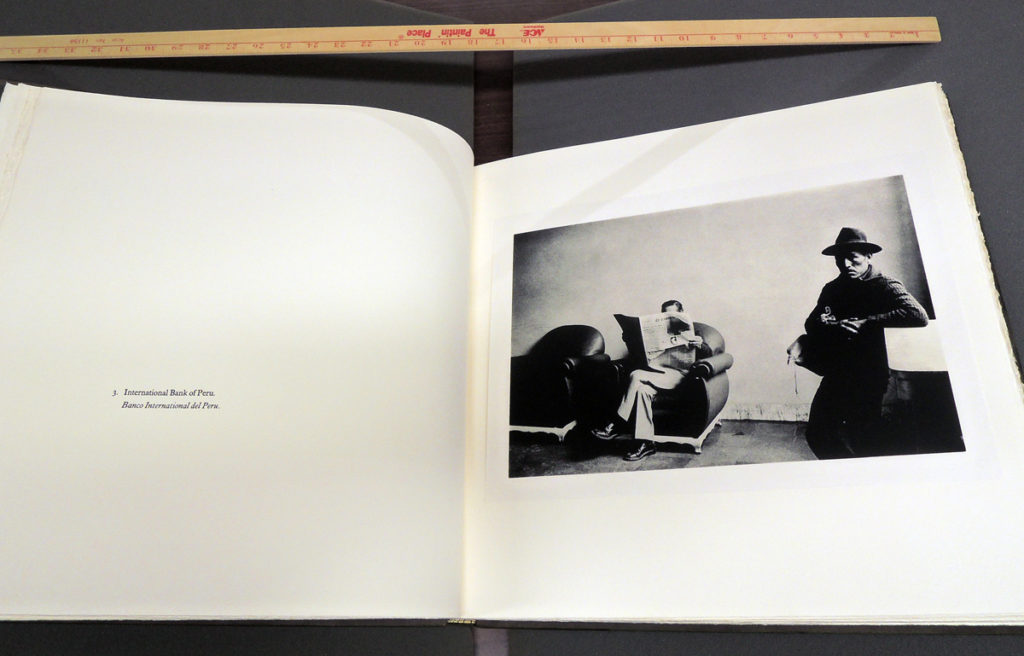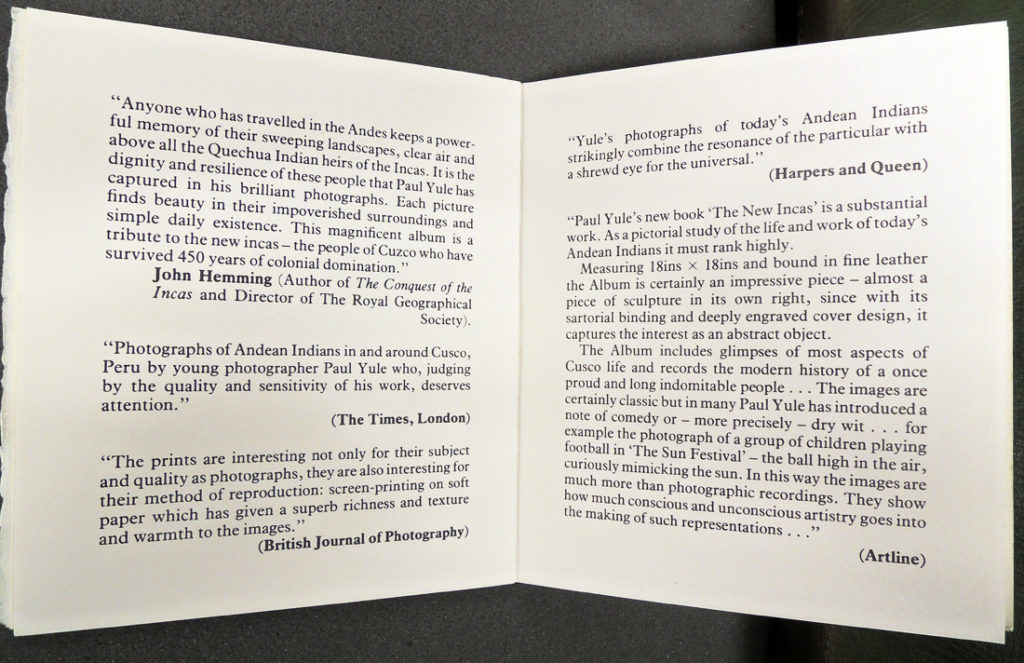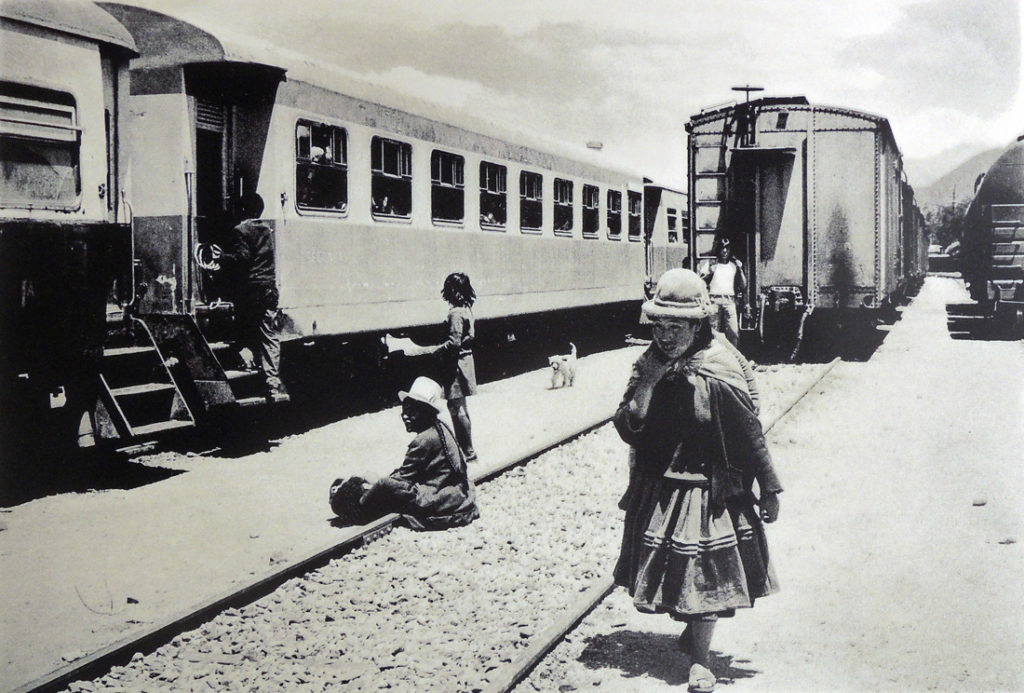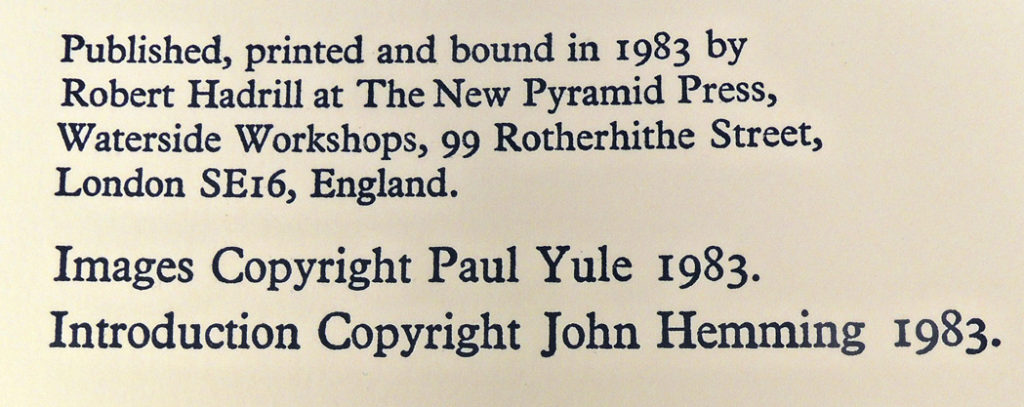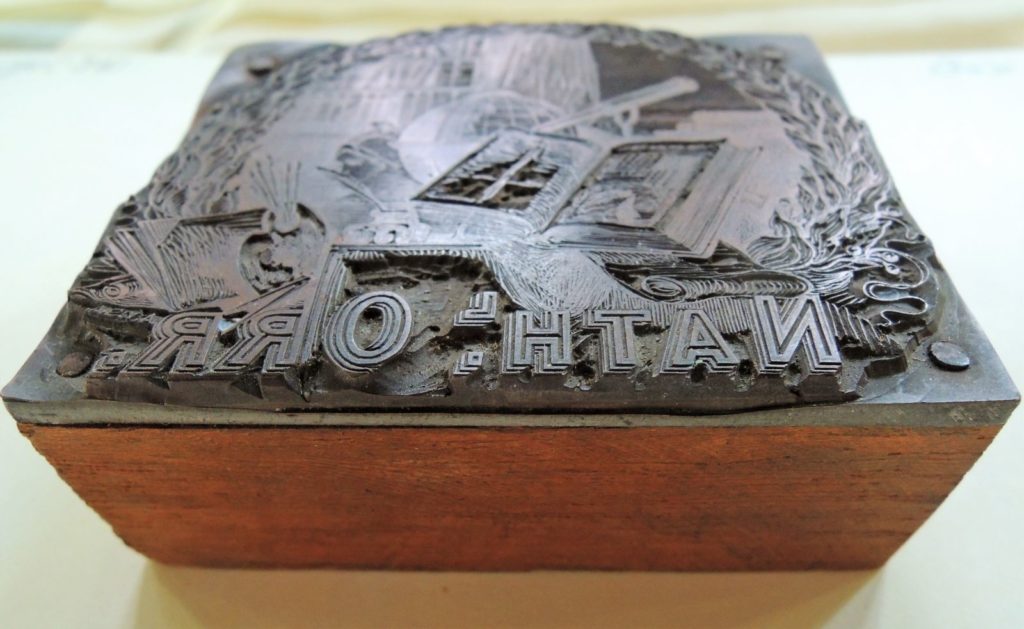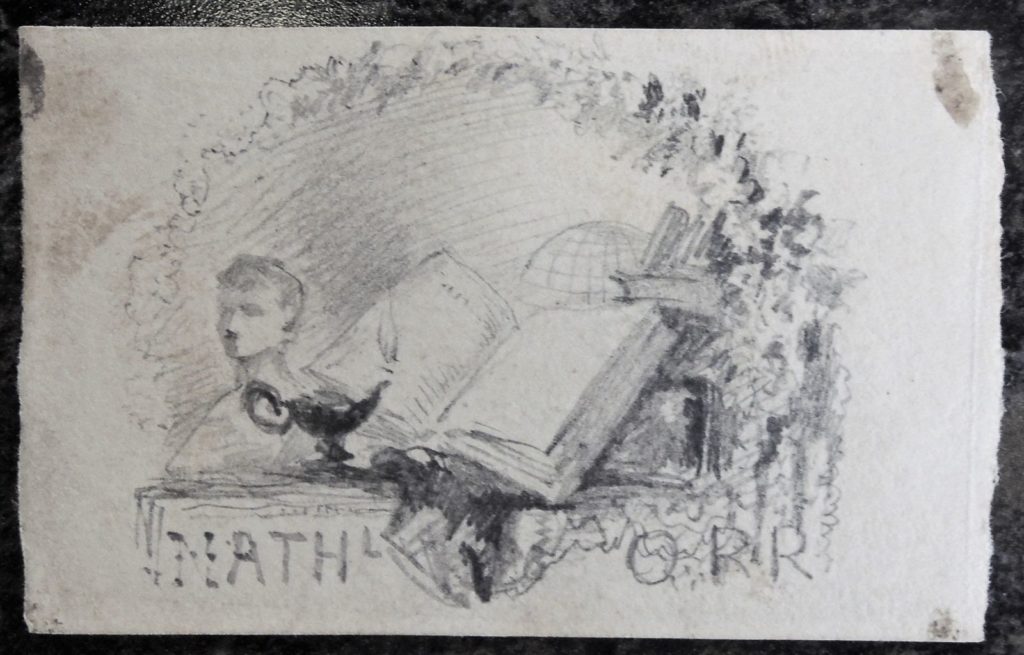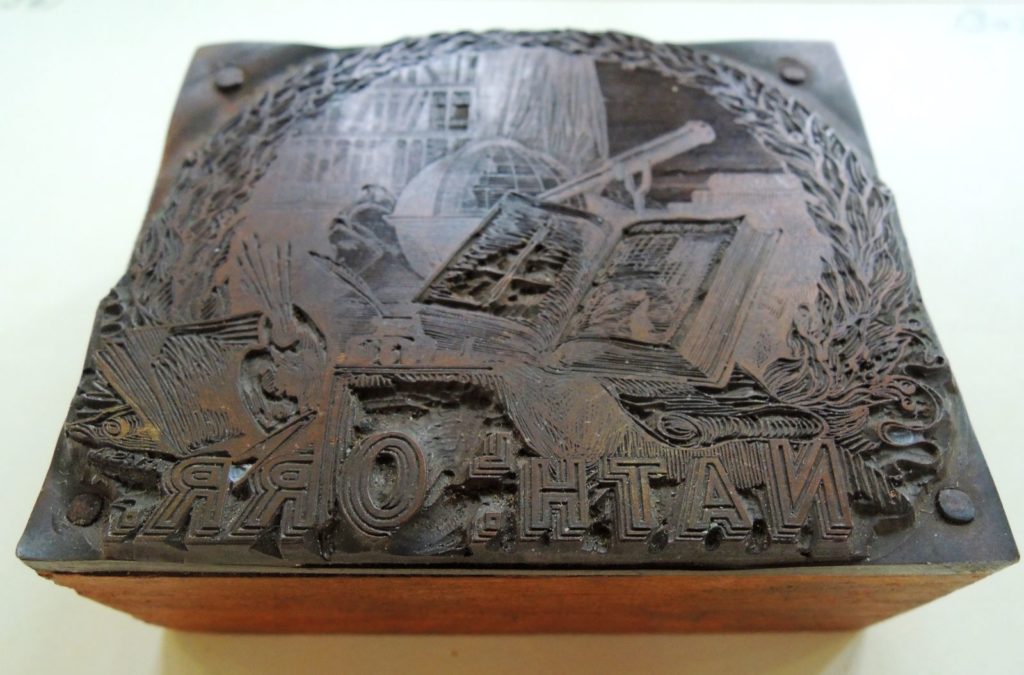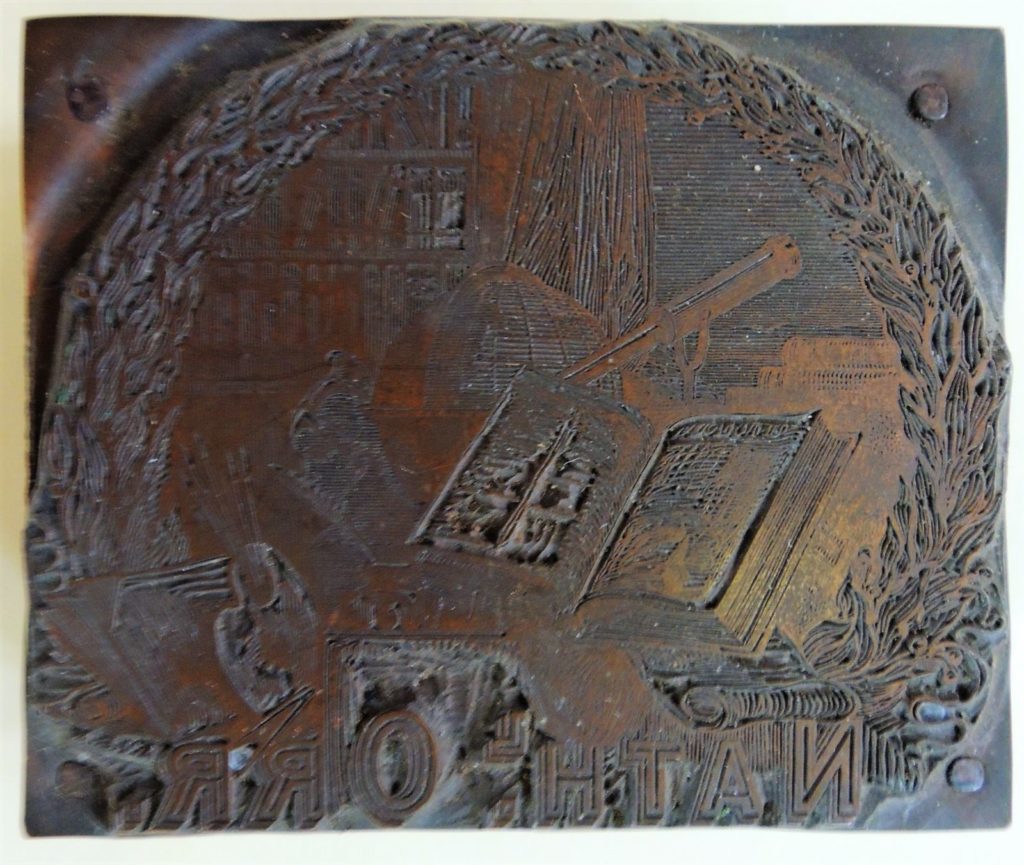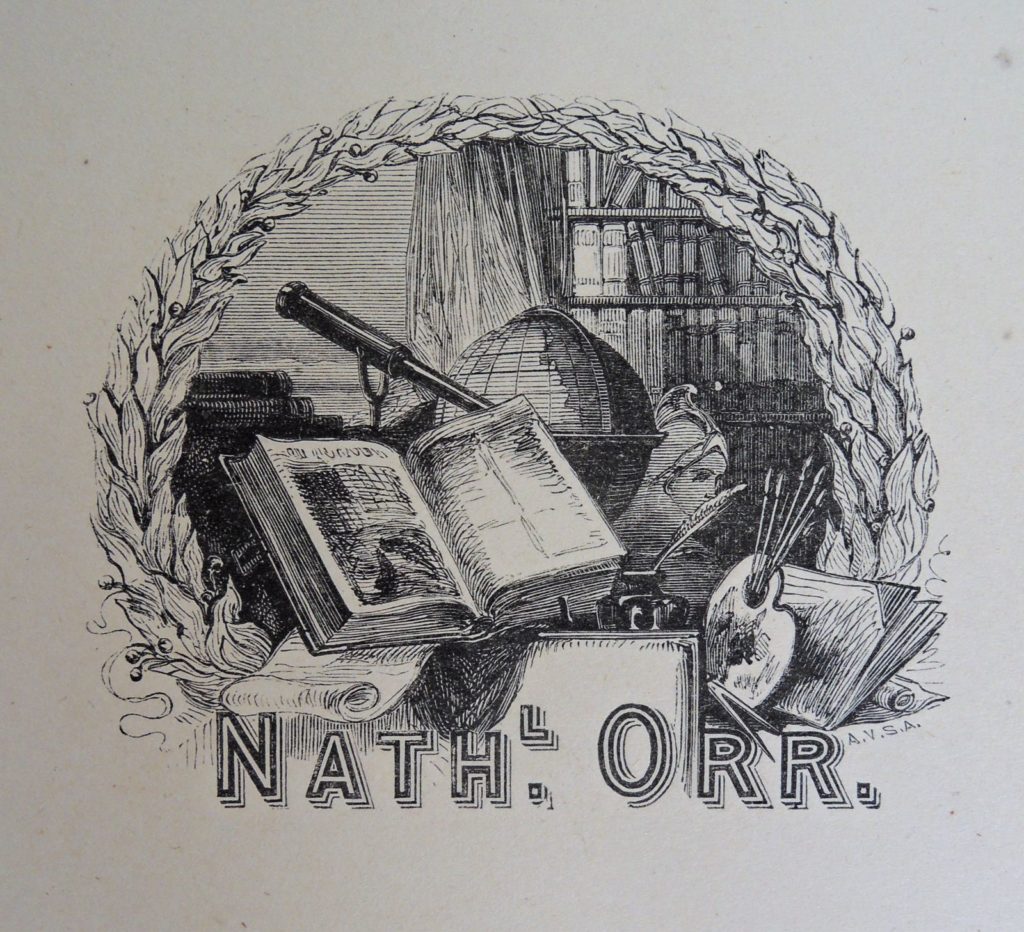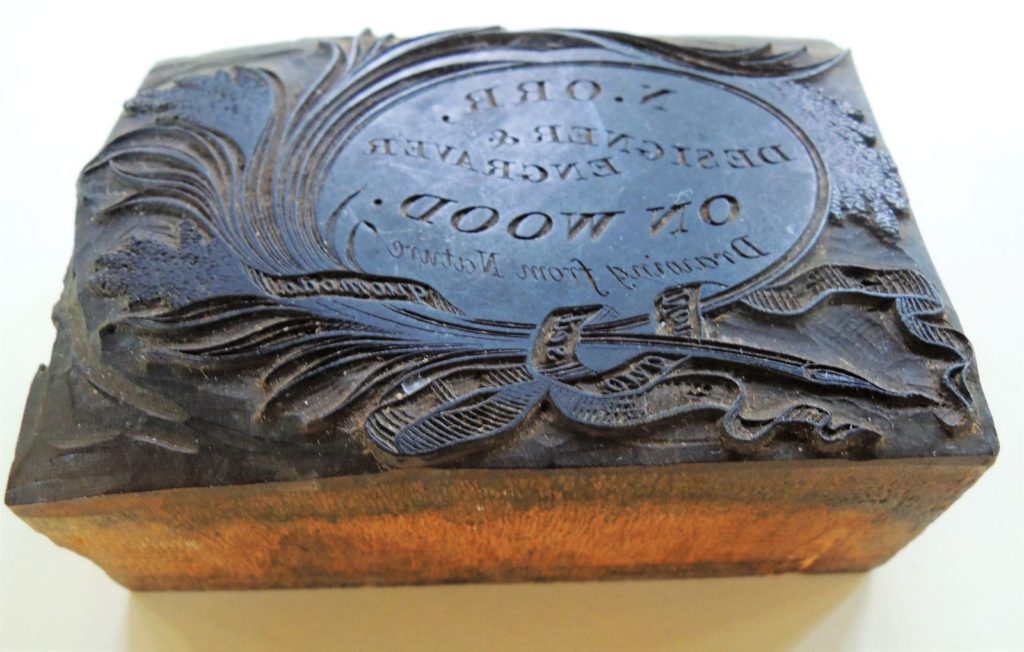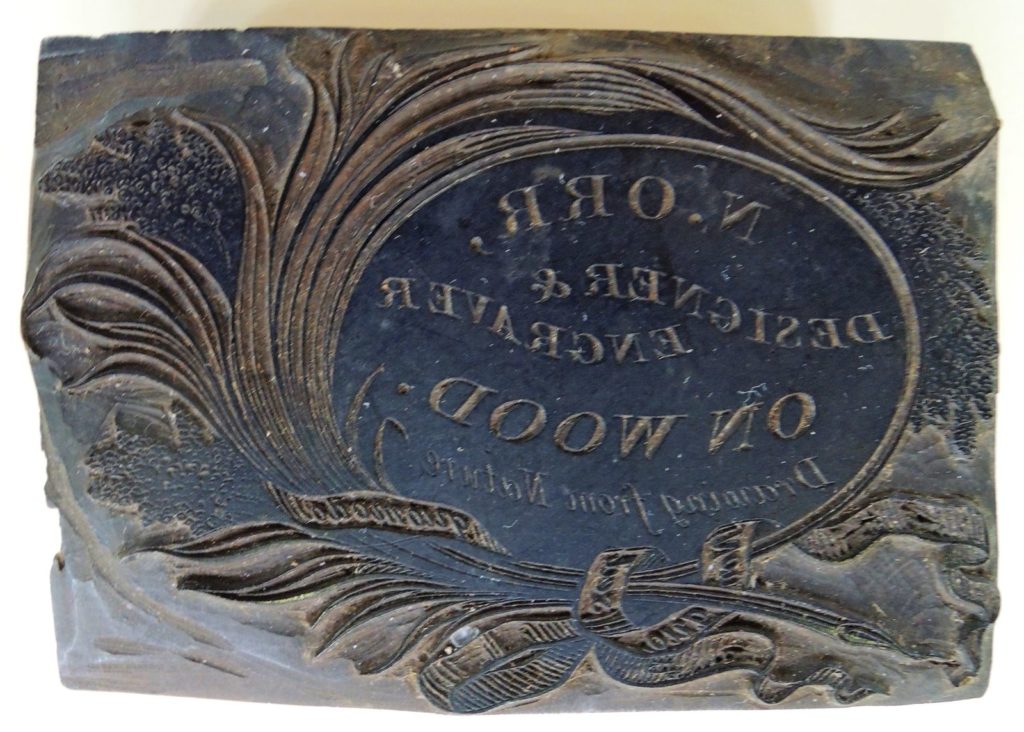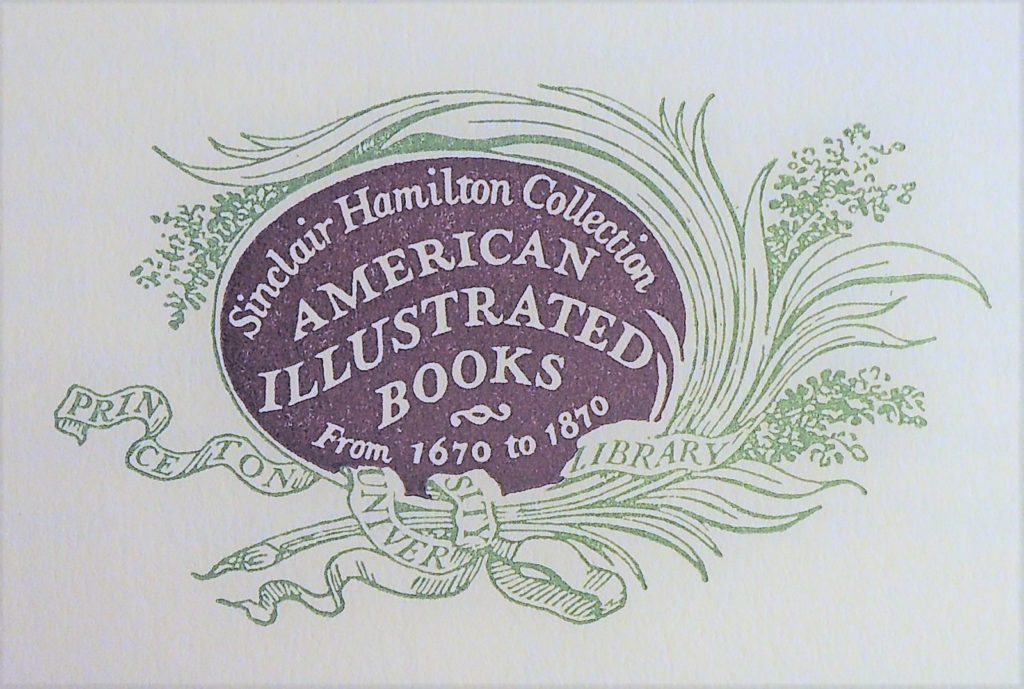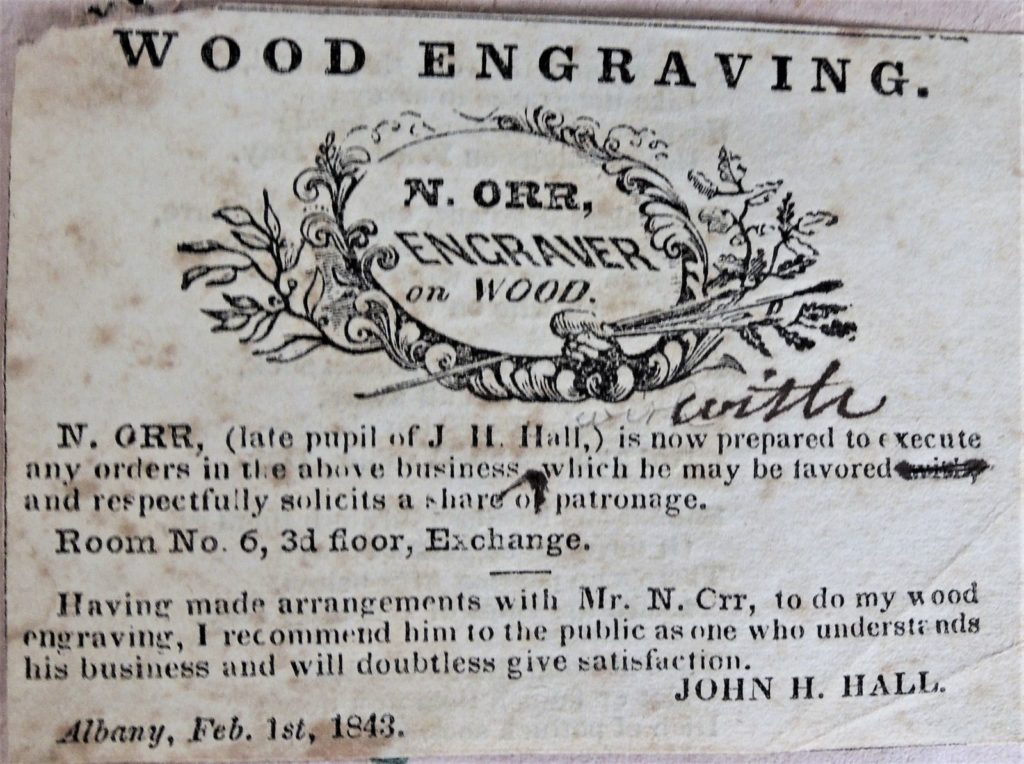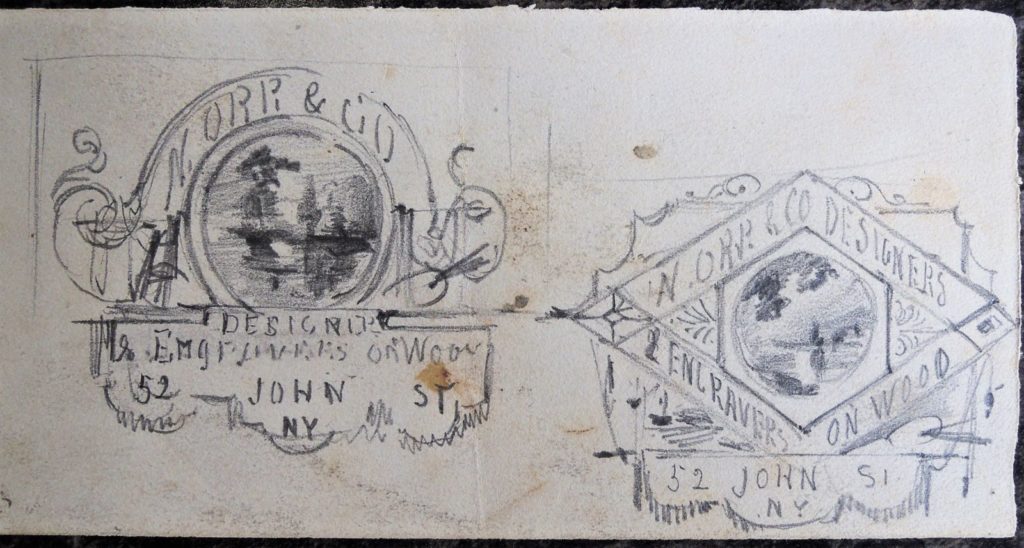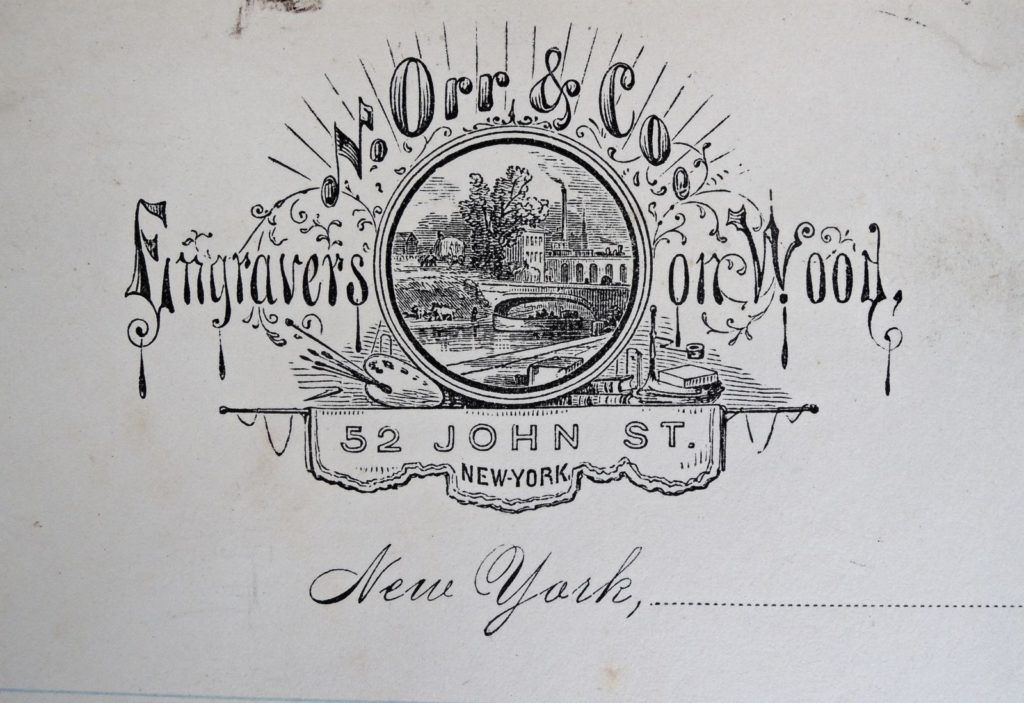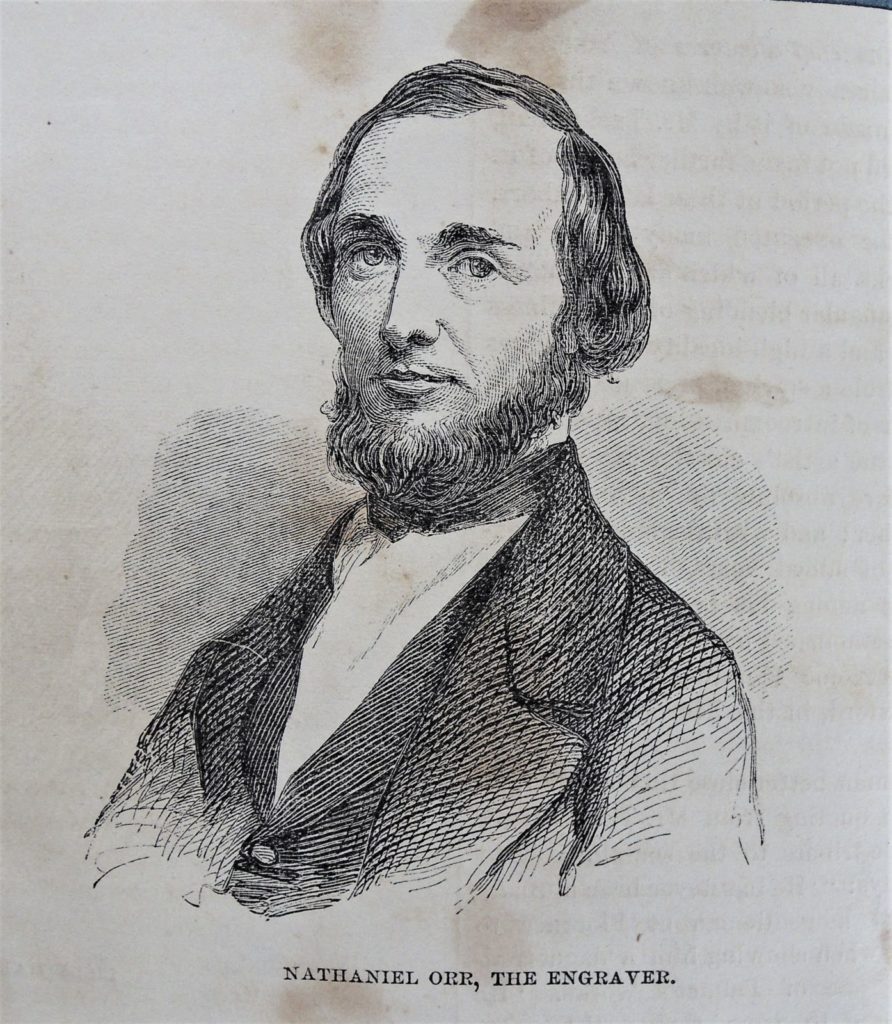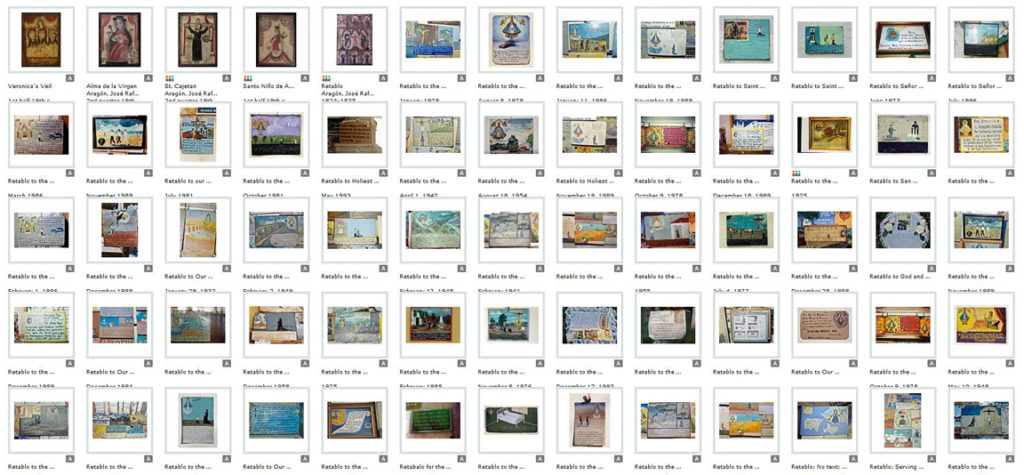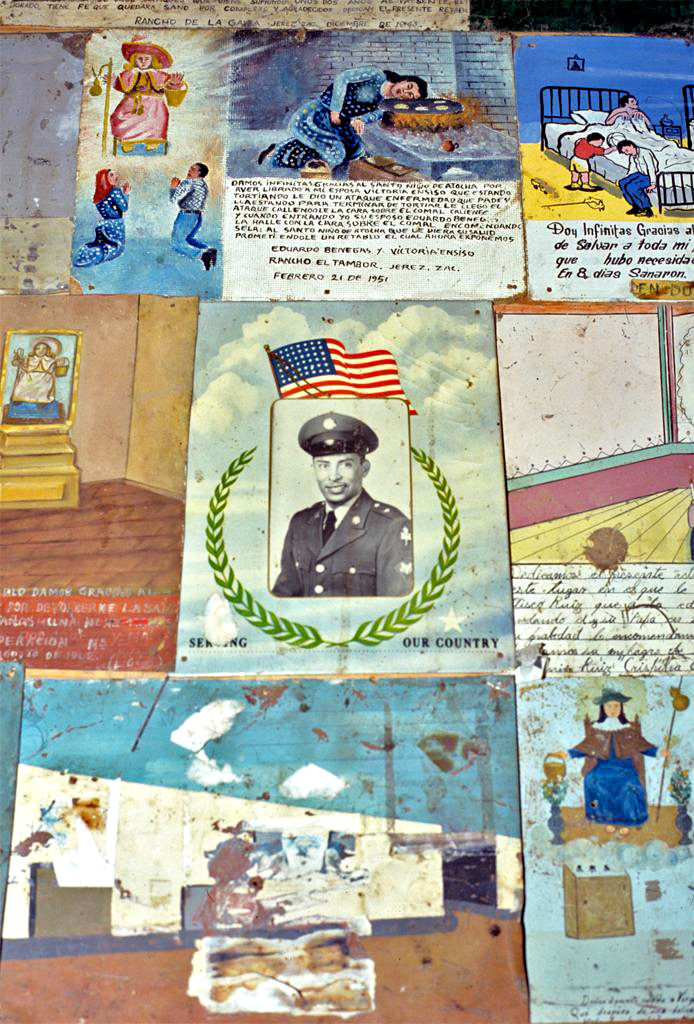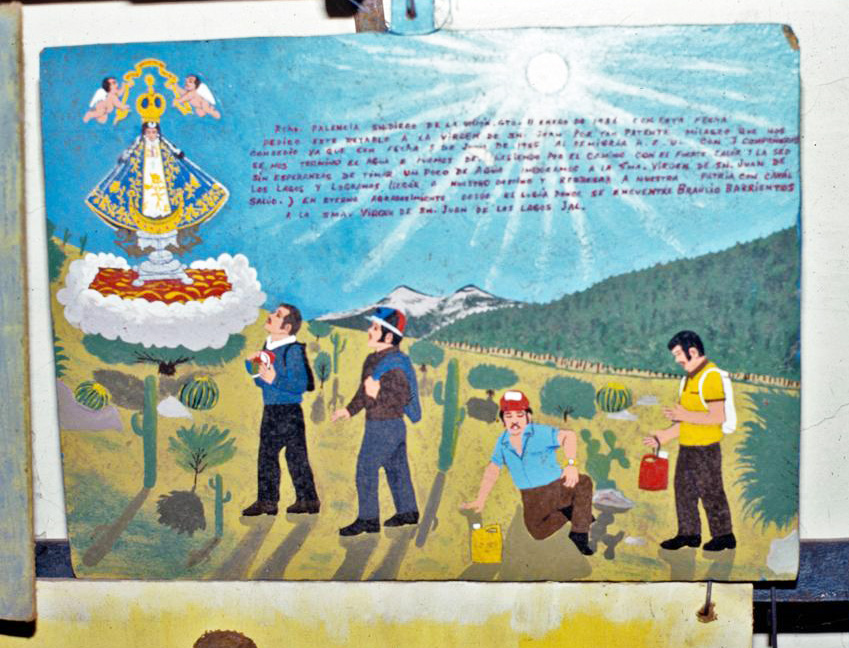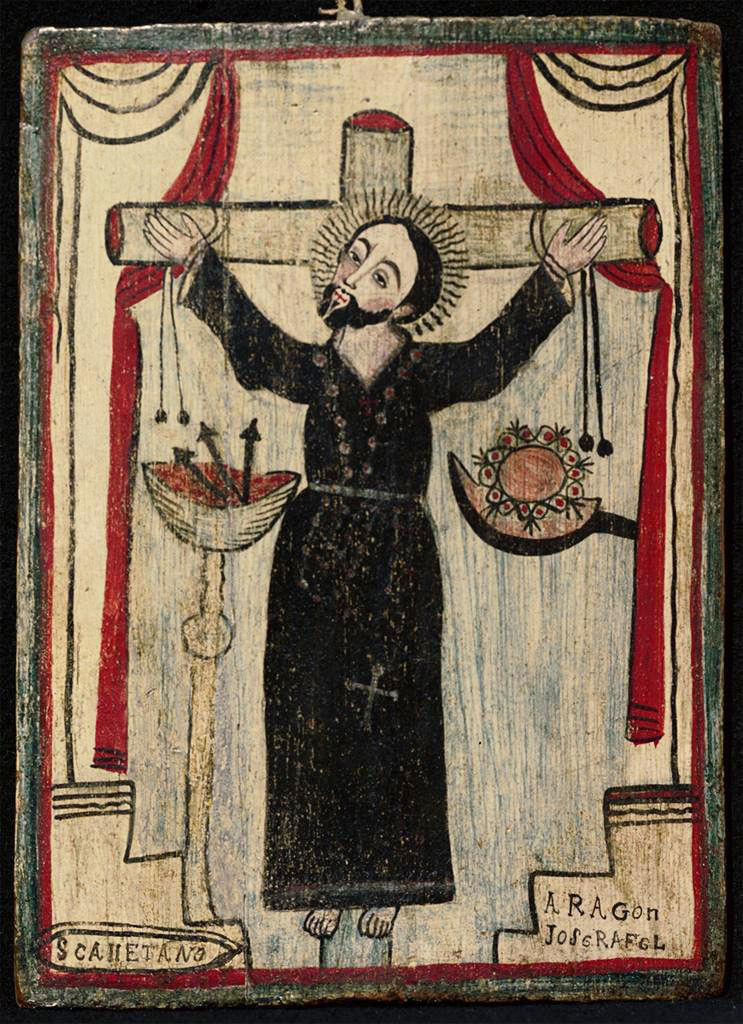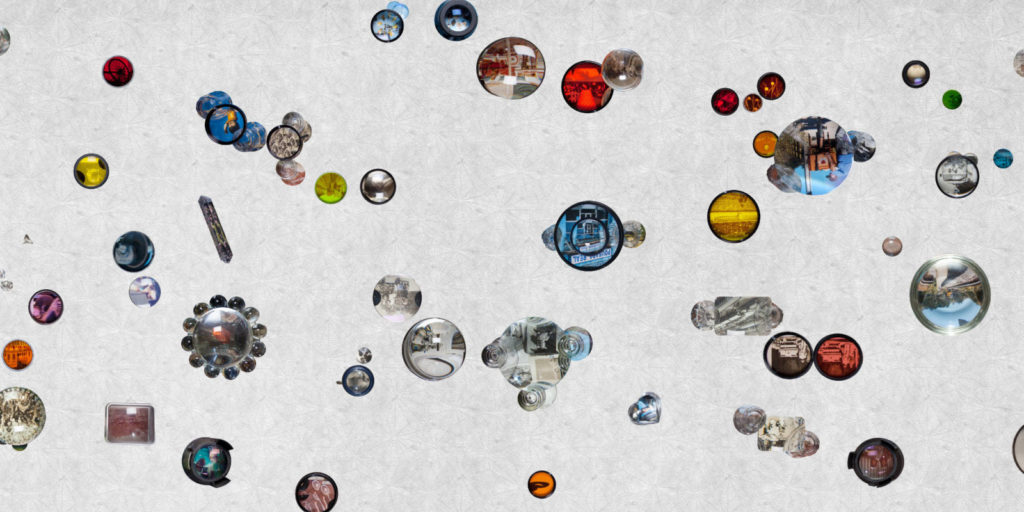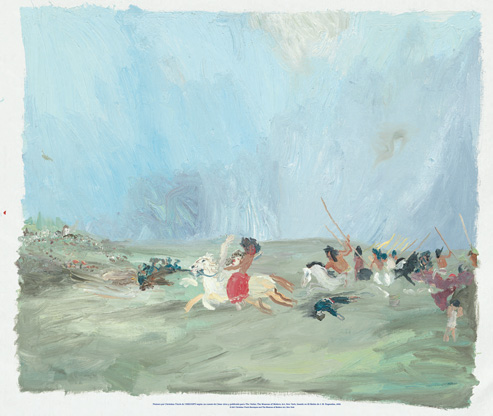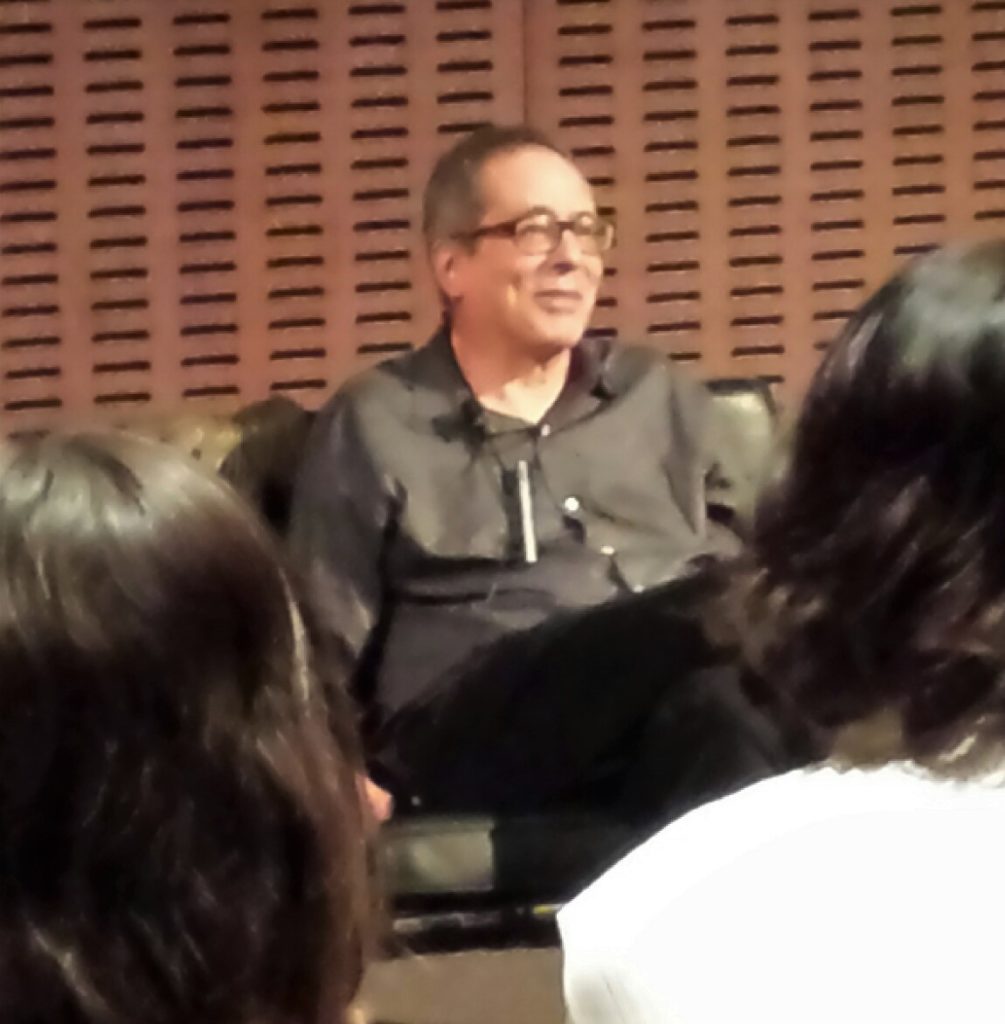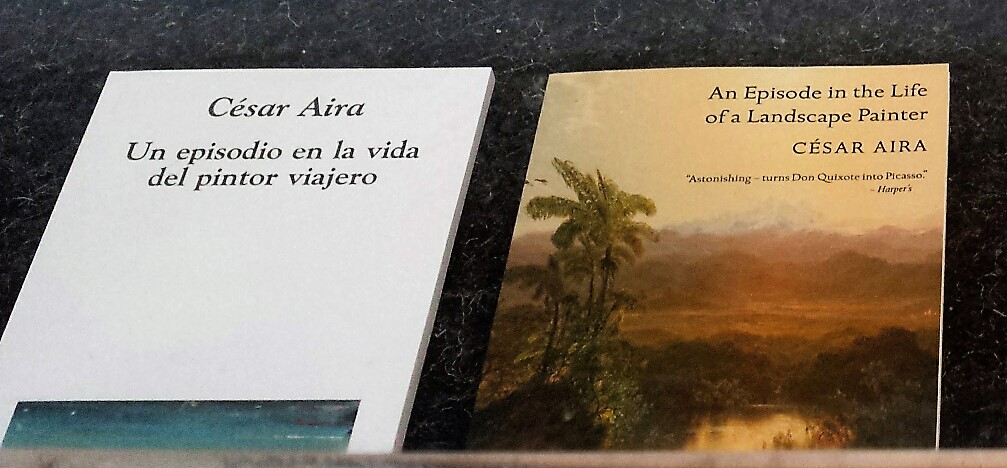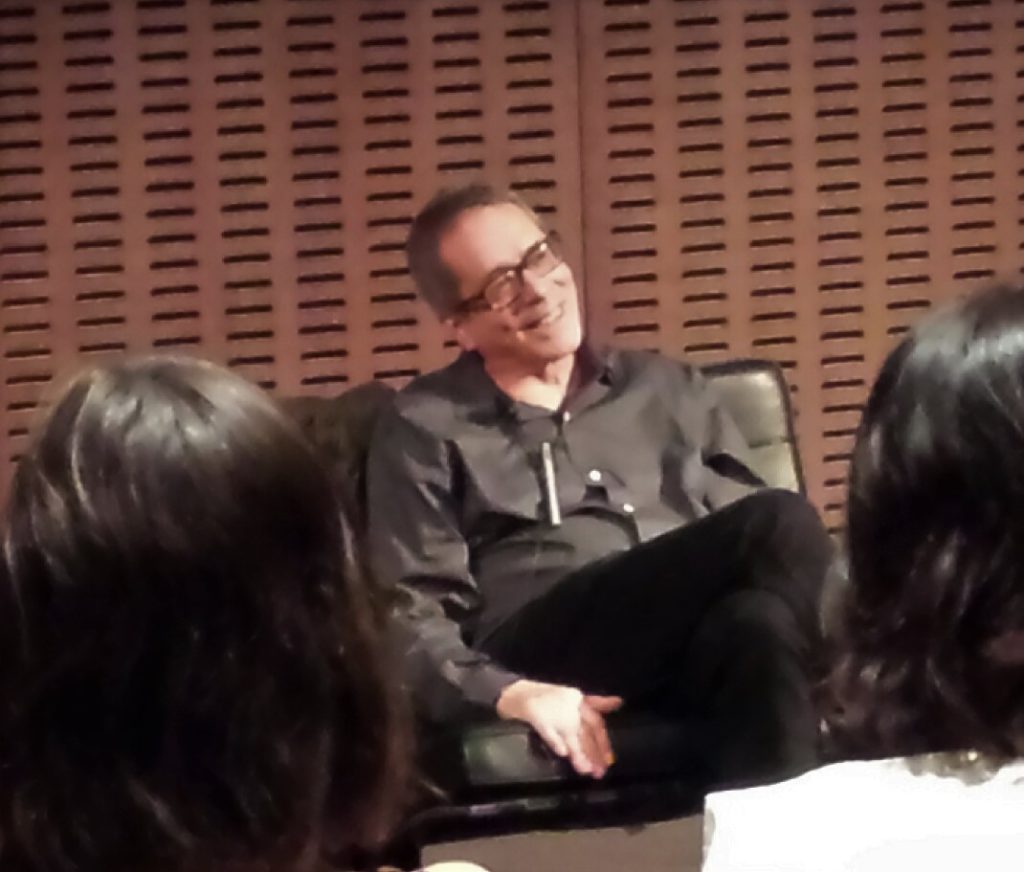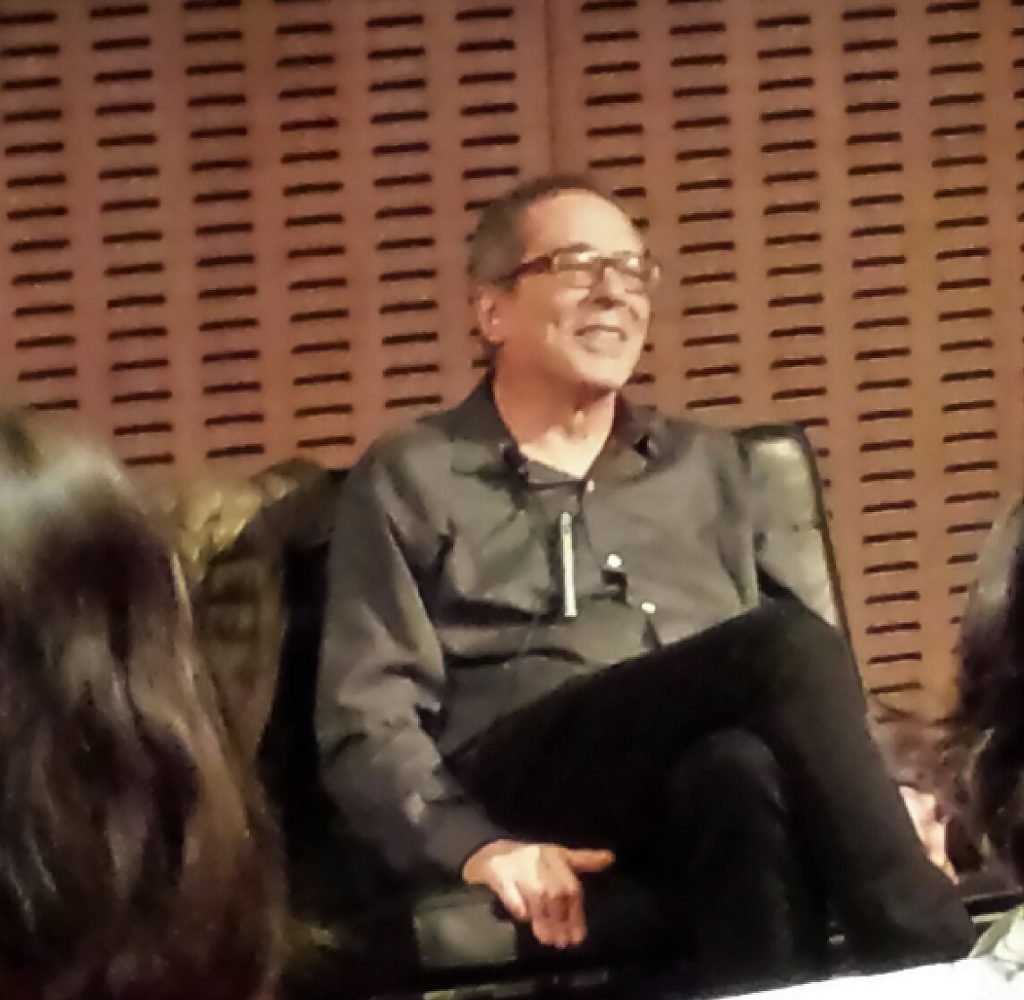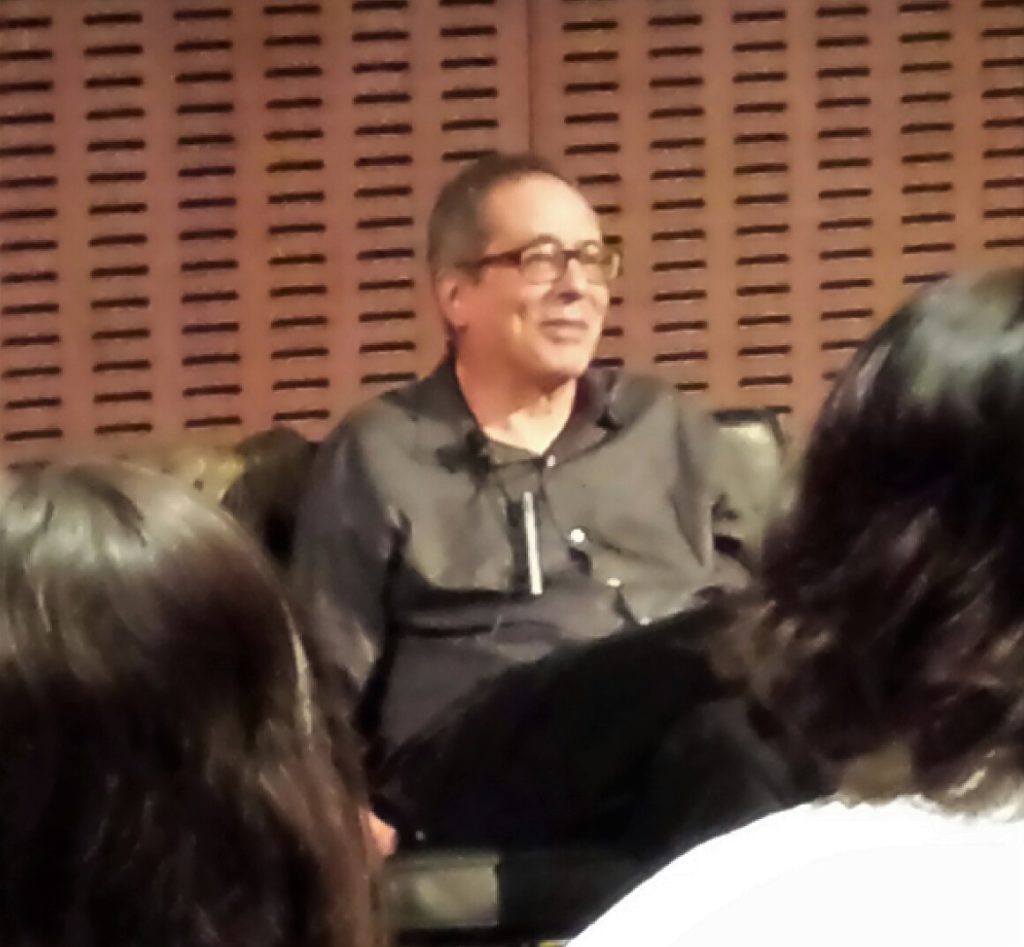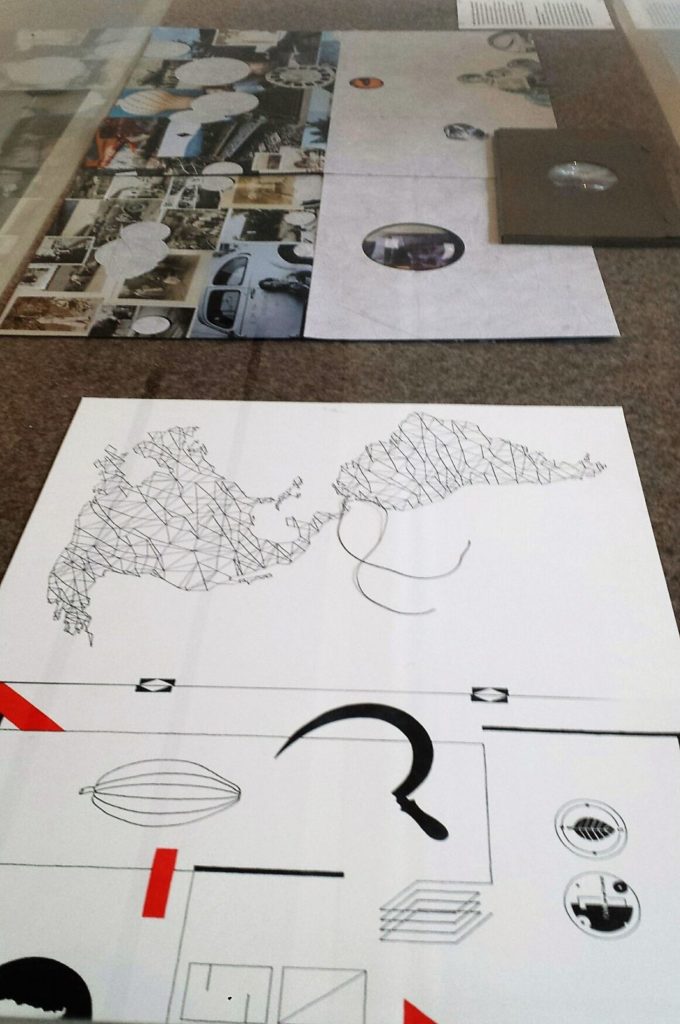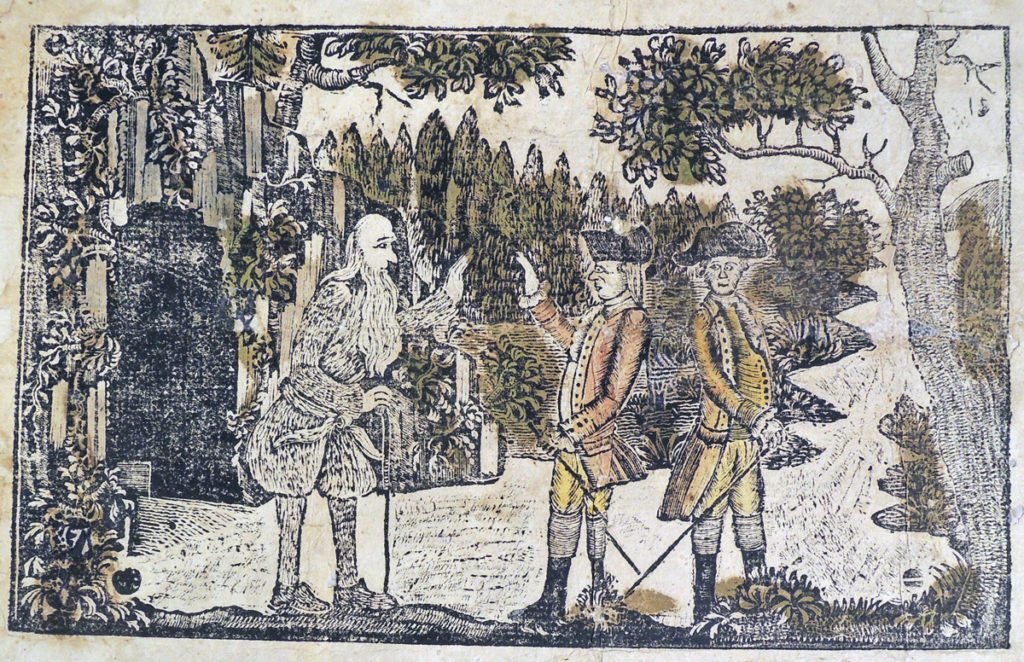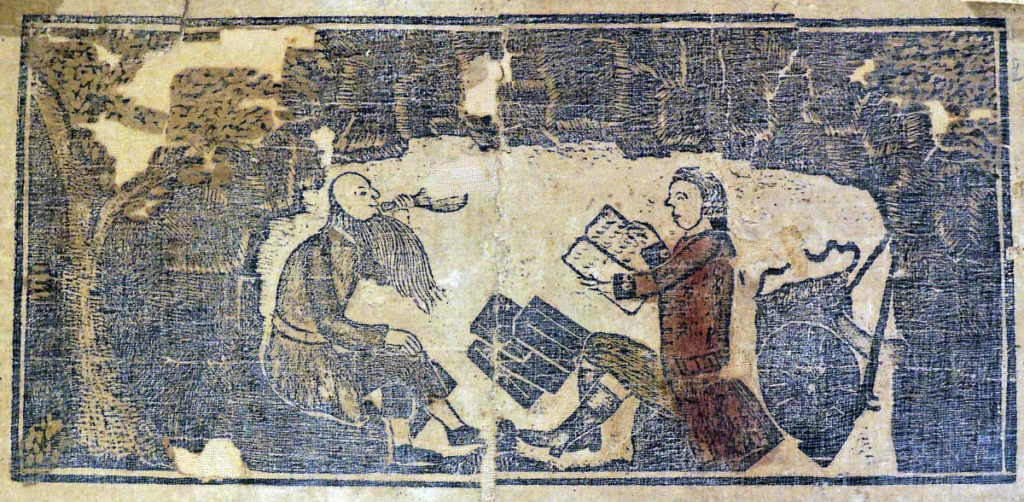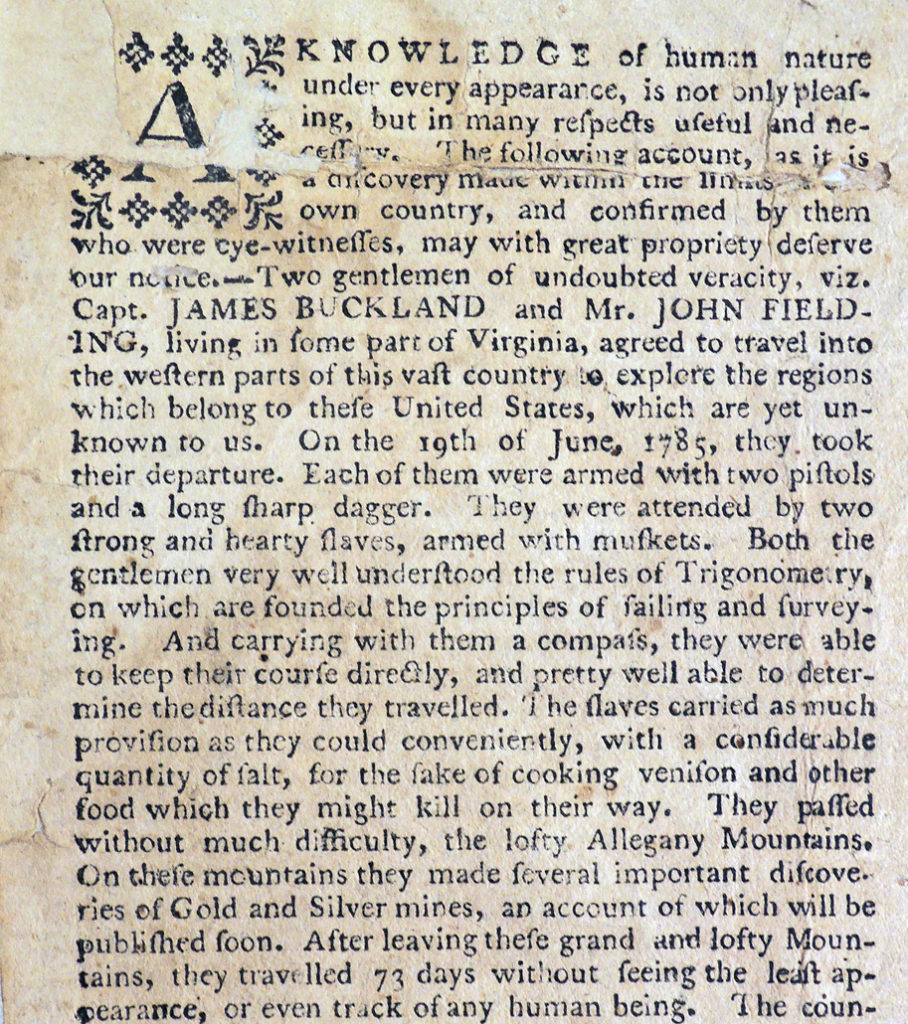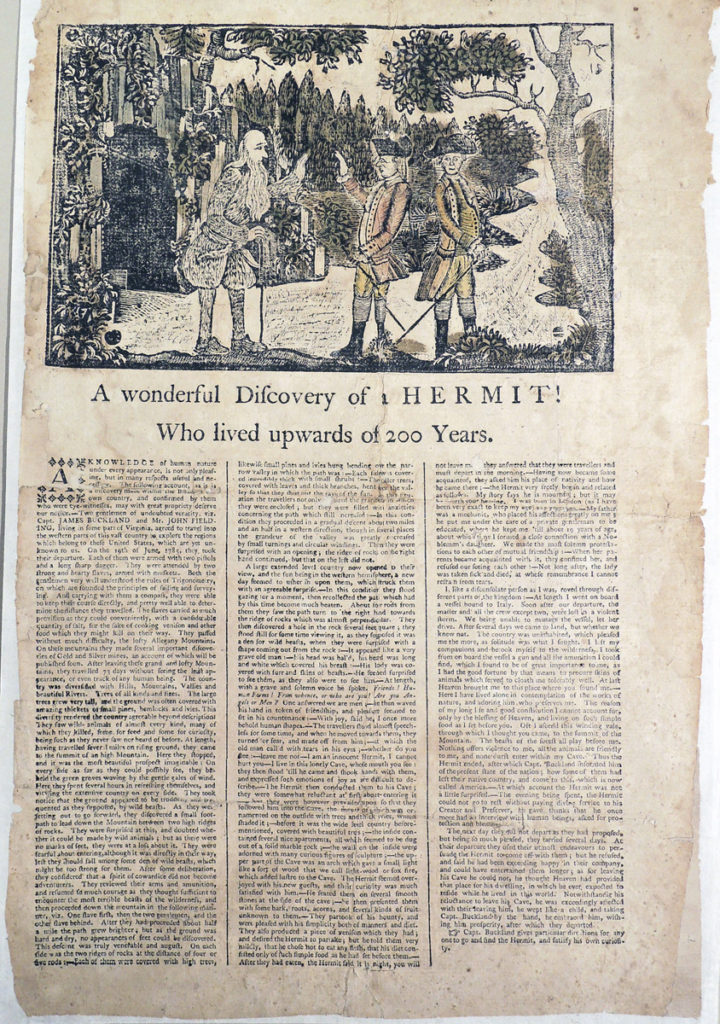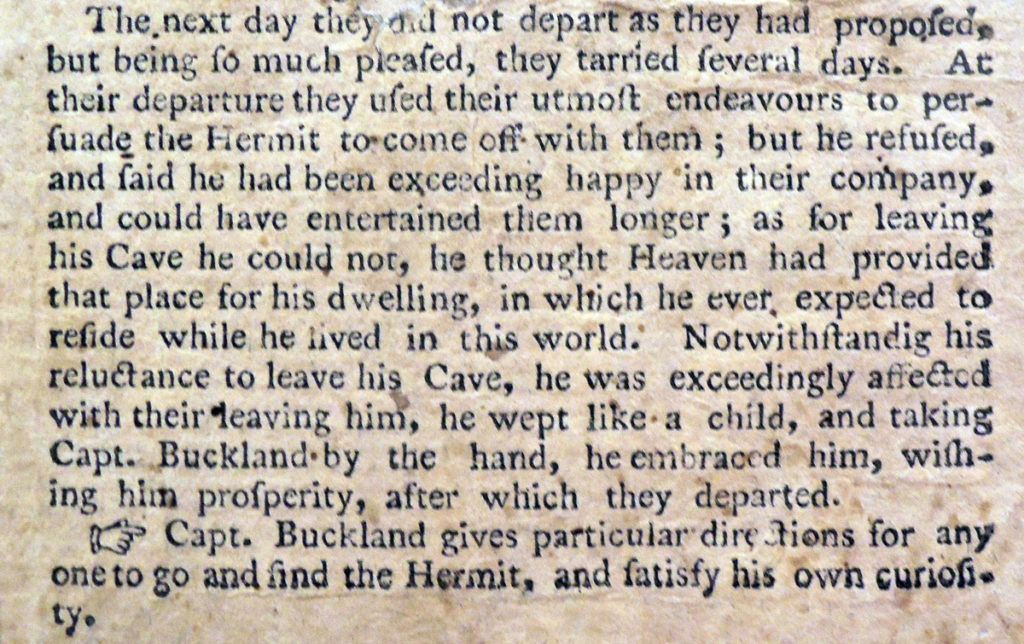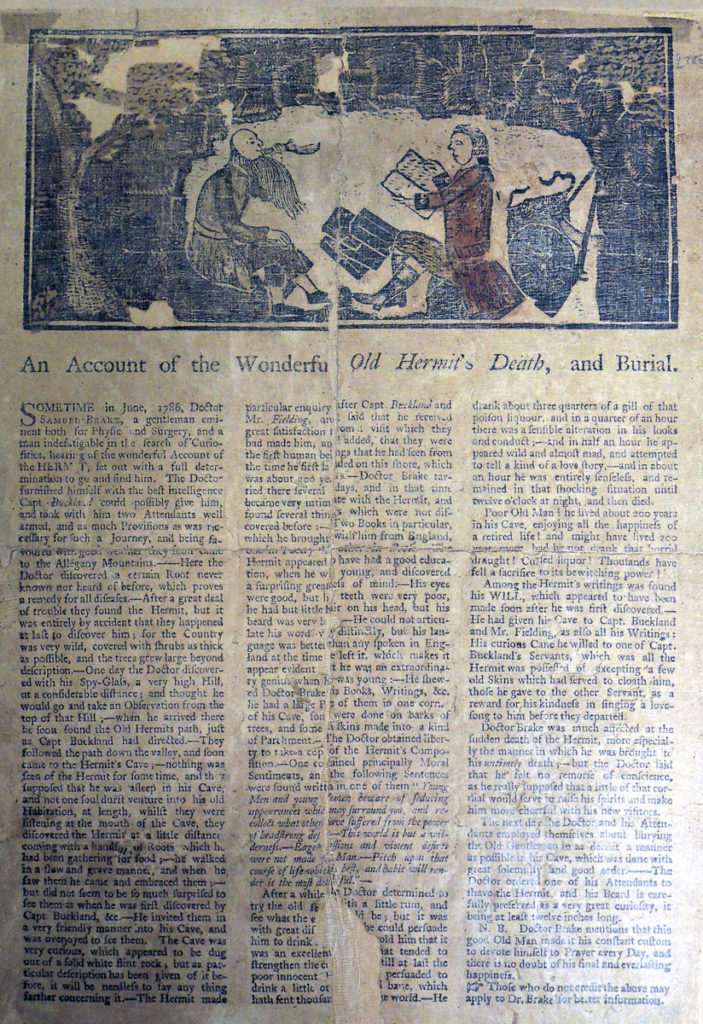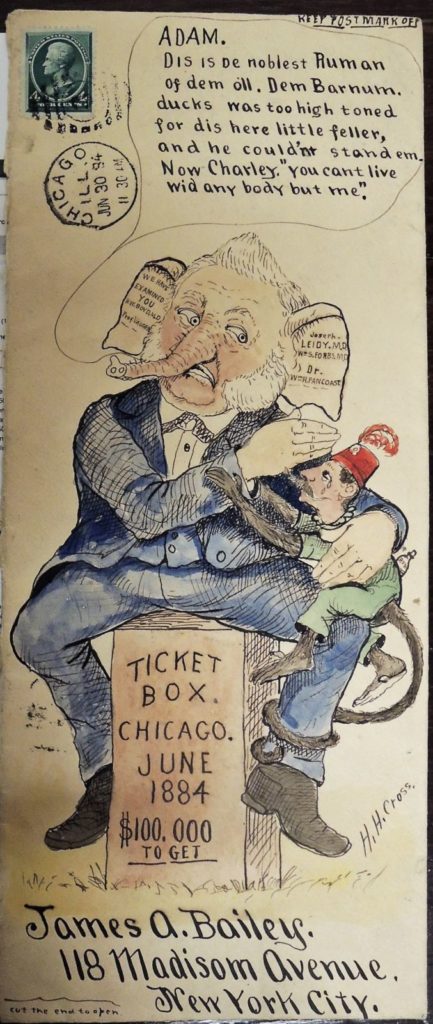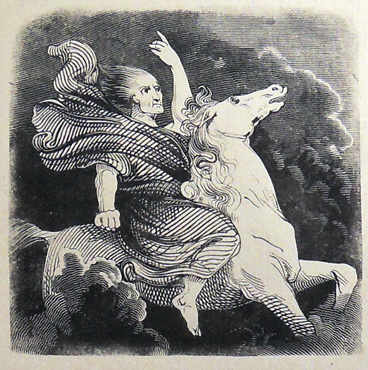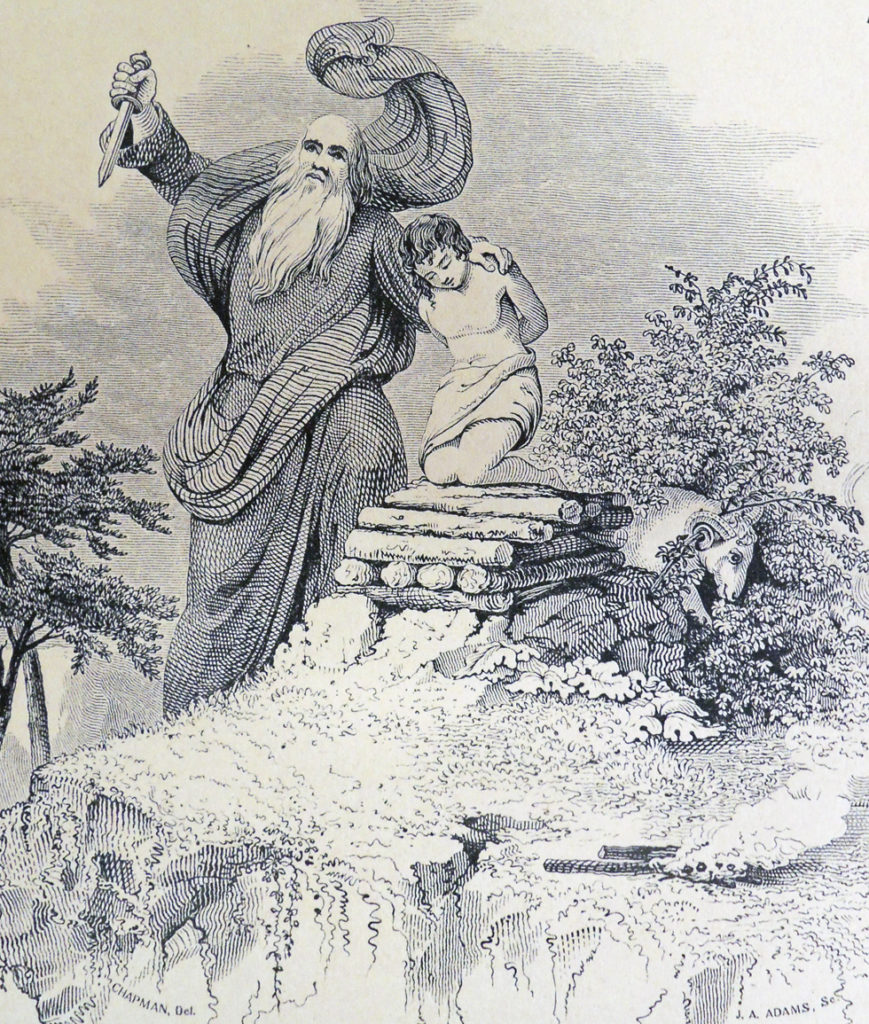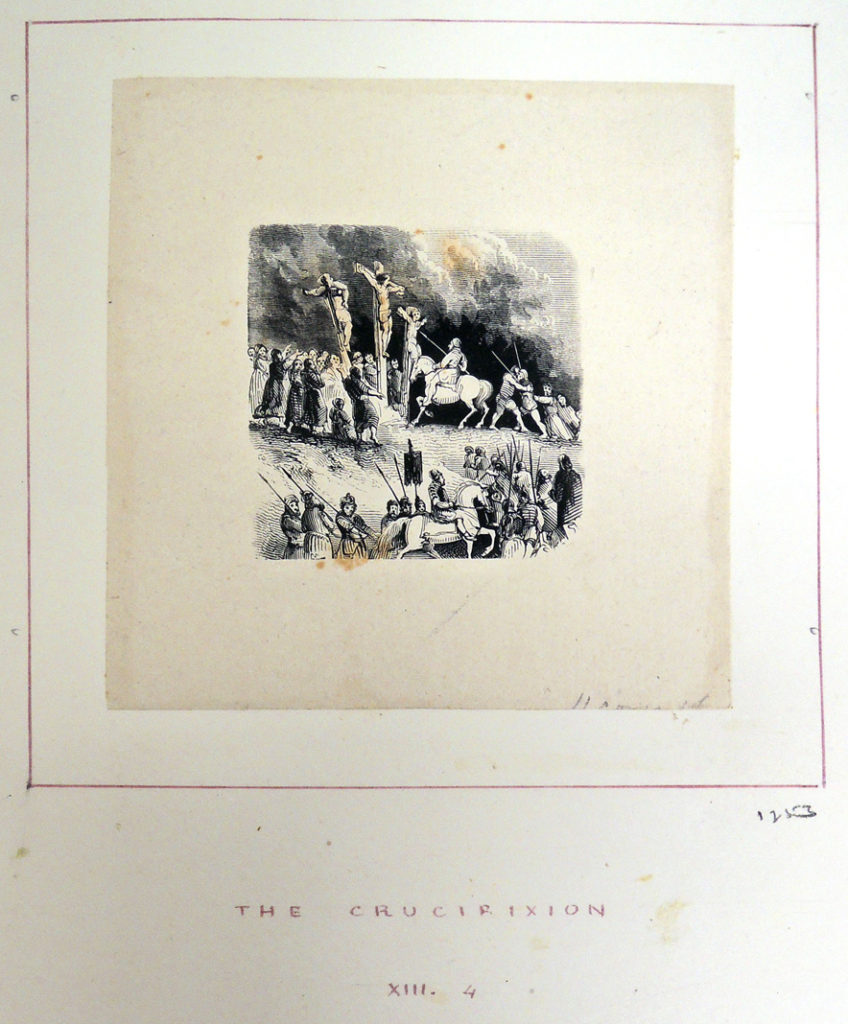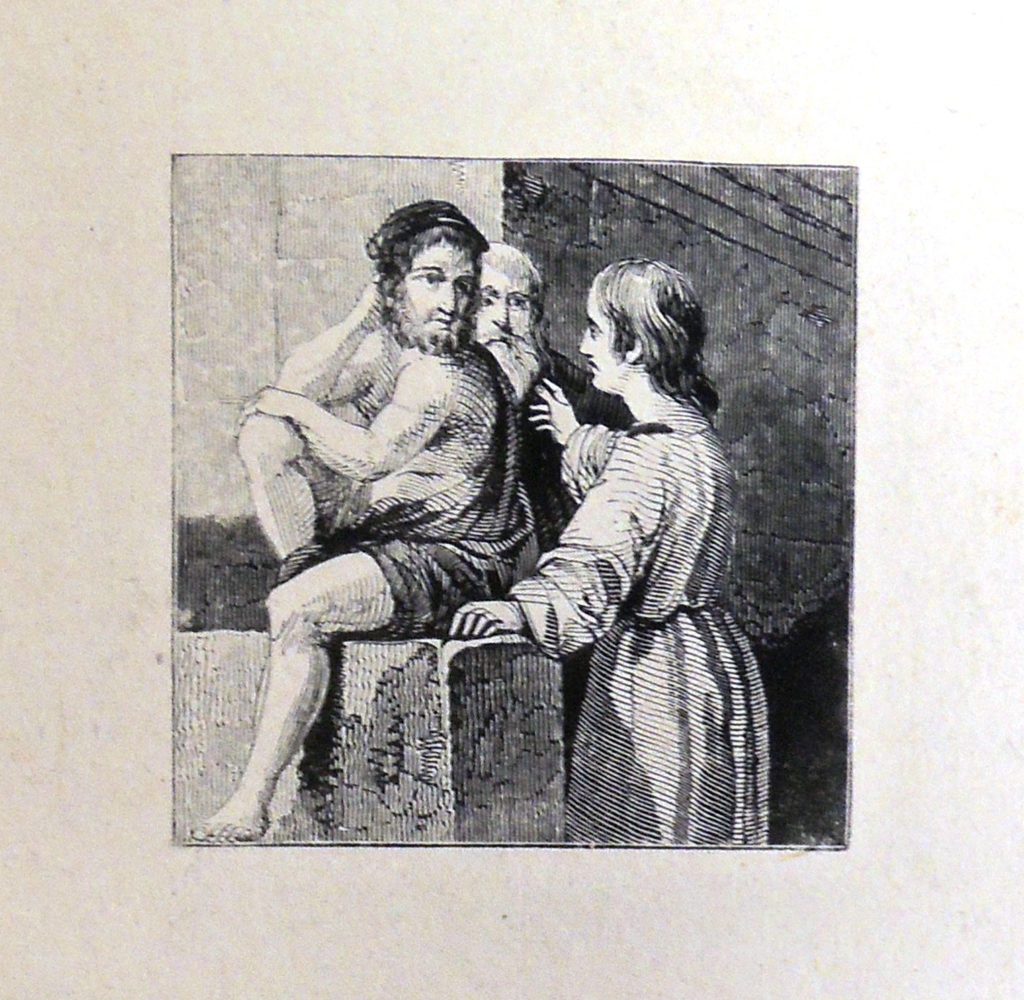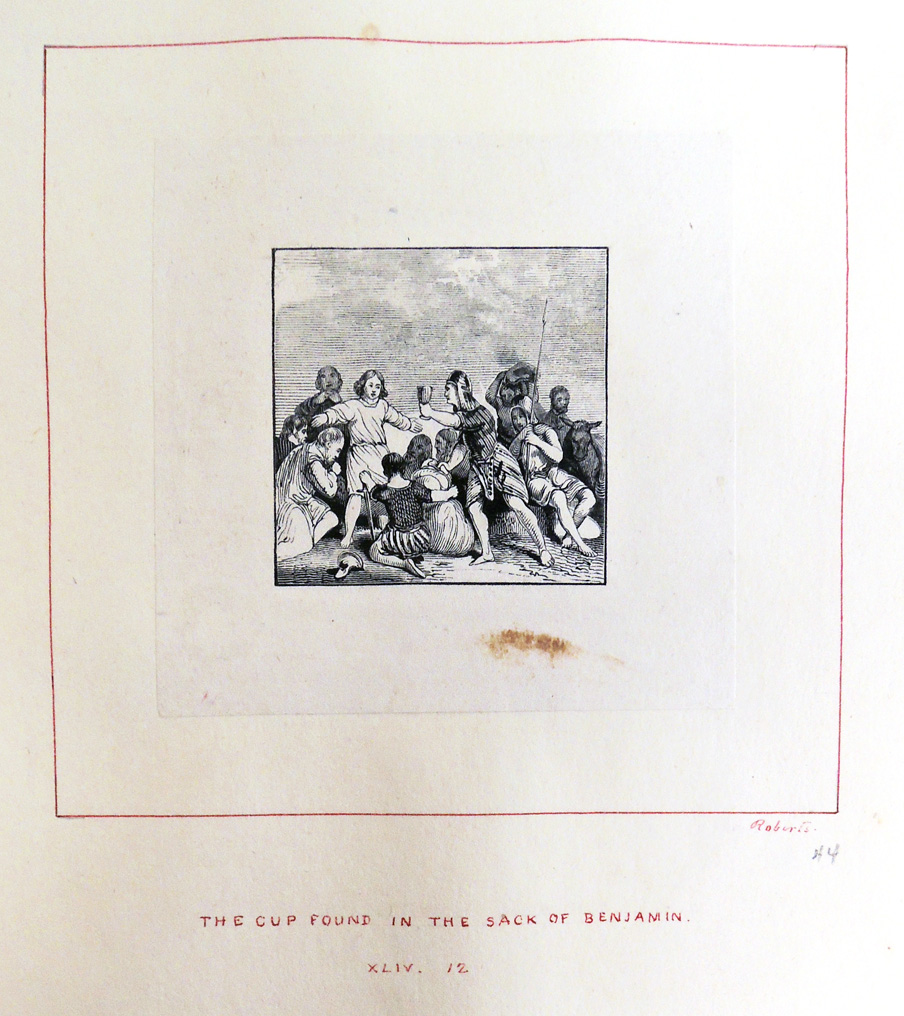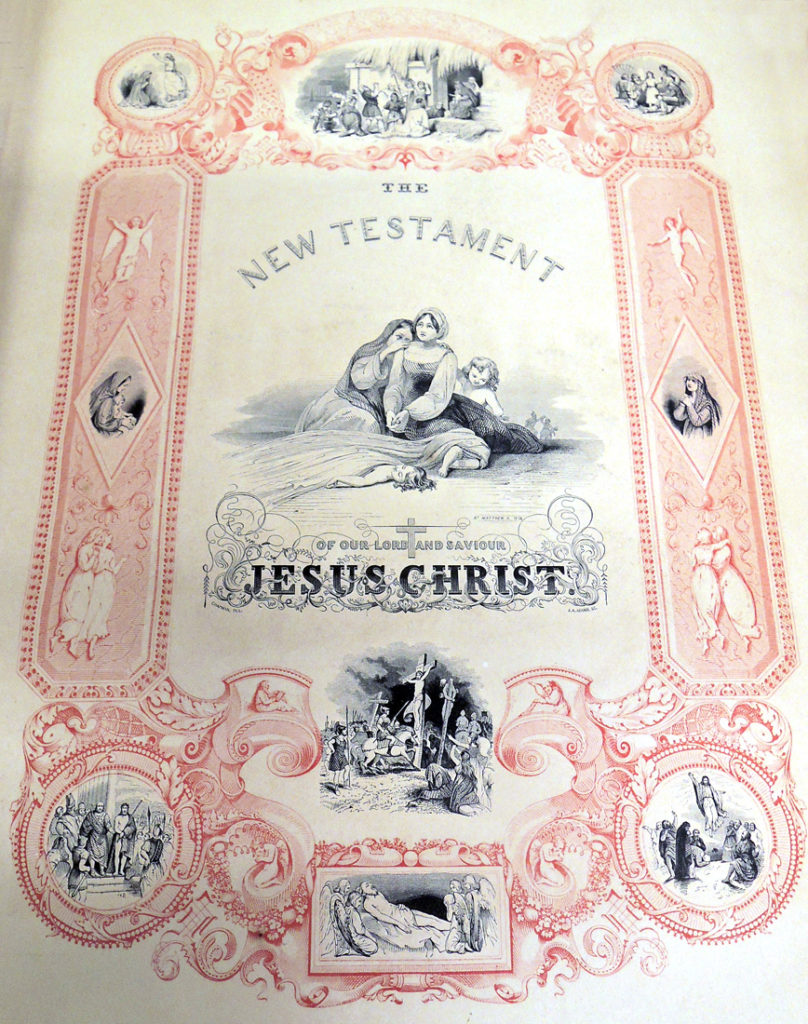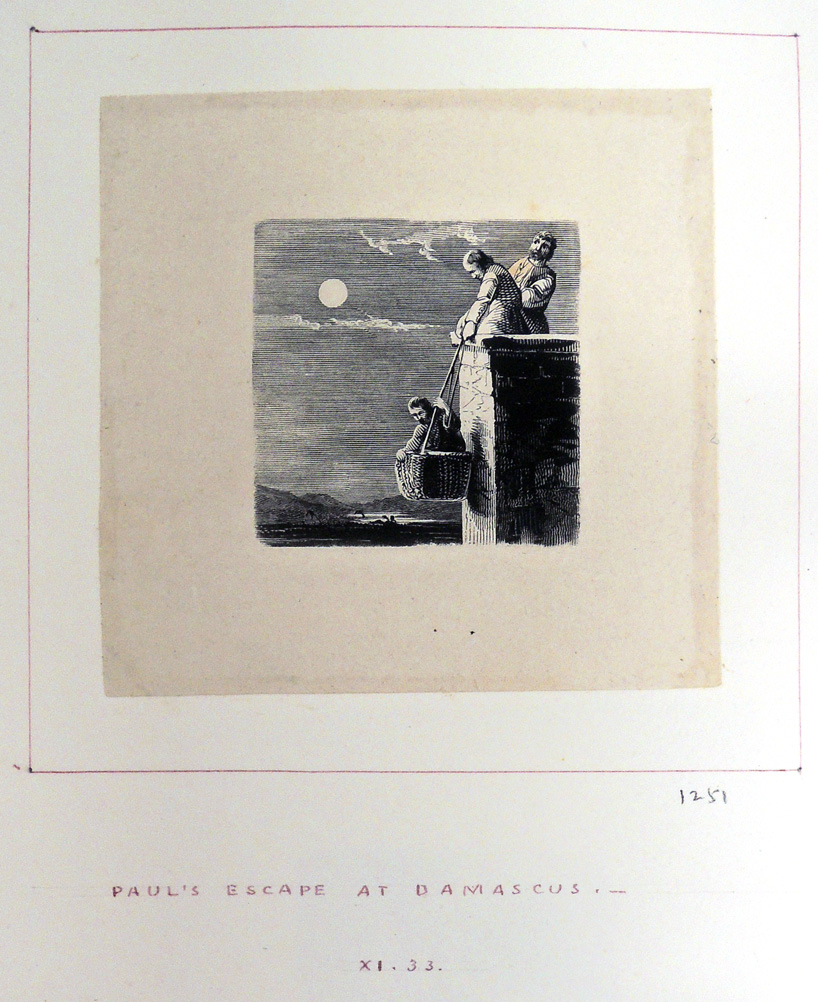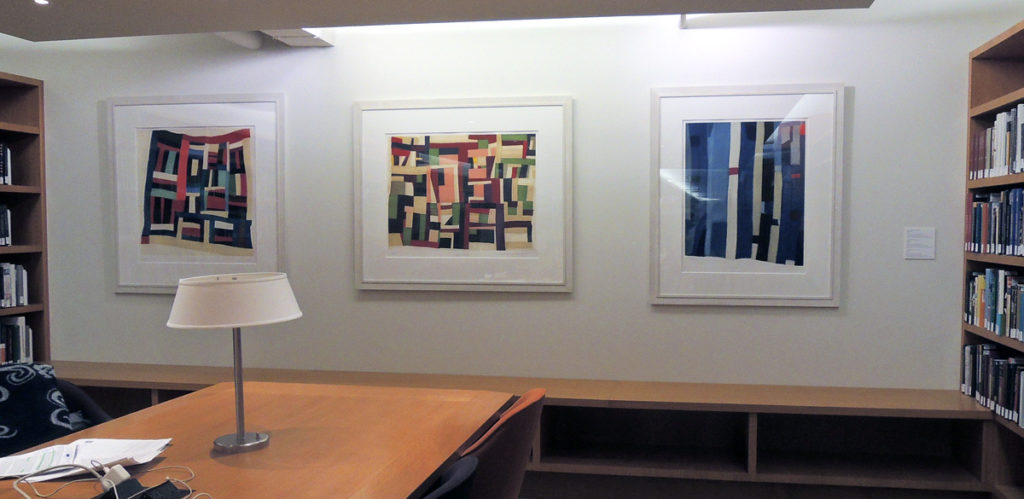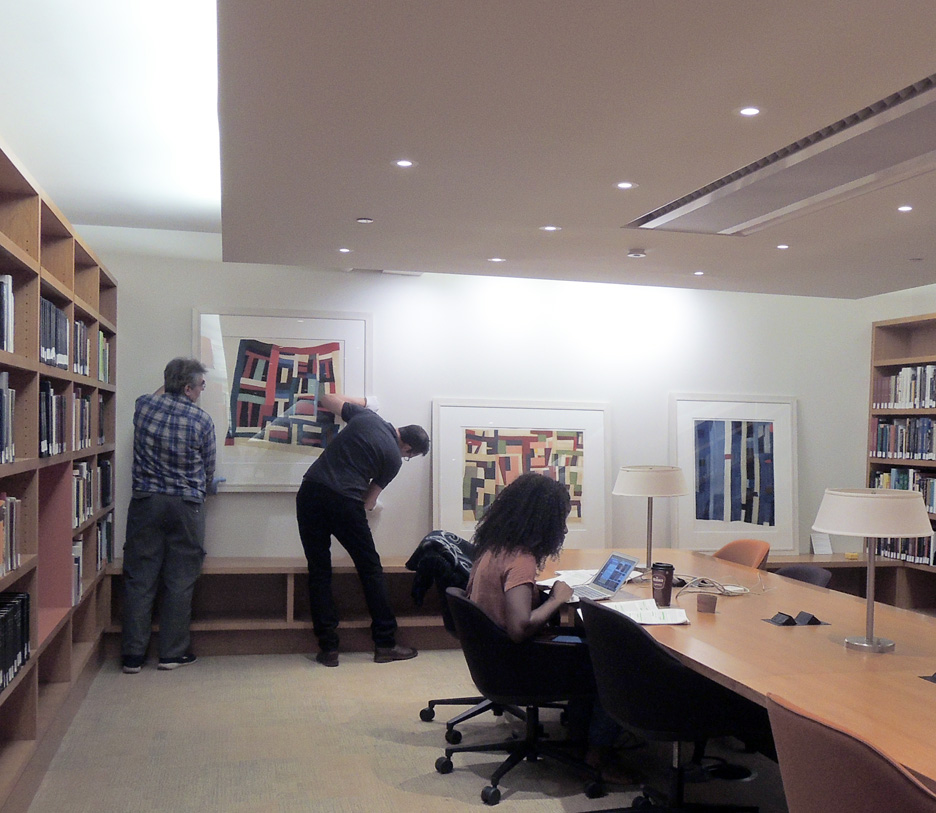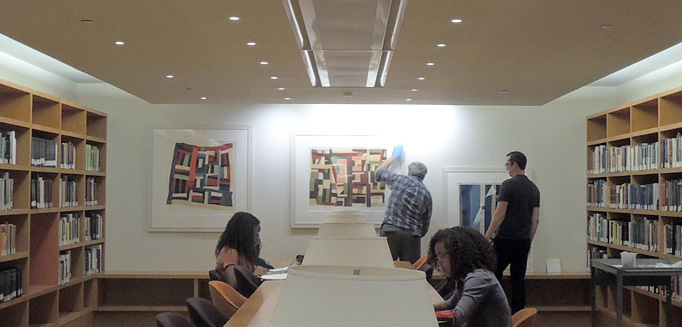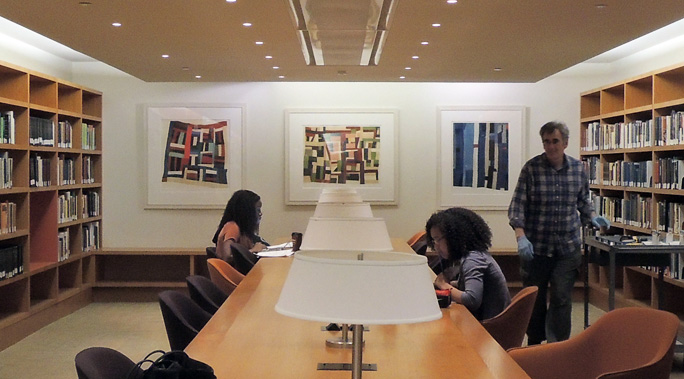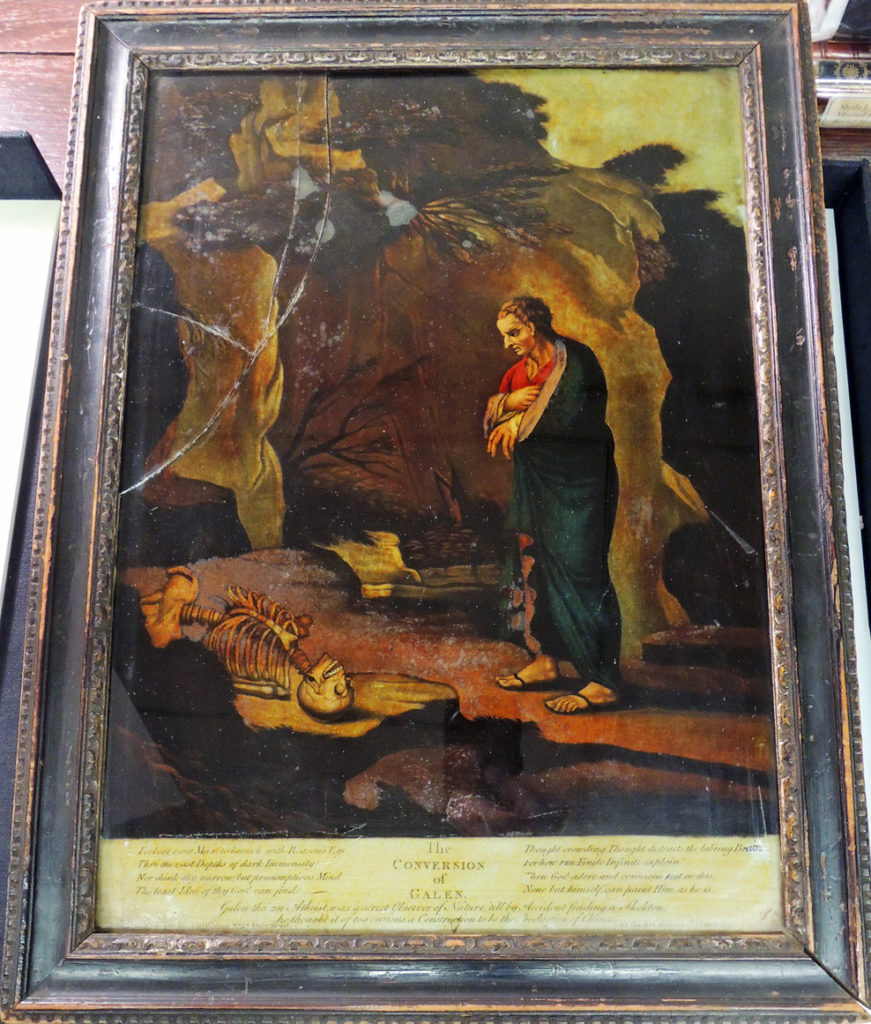 The Conversion of Galen. March 1, 1775 (reworked, reissued state). Published by Robert Sayer (1725–1794) and John Bennett (active 1760, died 1787). Hand-colored mezzotint pasted on glass plate. Graphic arts Collection, Glass.
The Conversion of Galen. March 1, 1775 (reworked, reissued state). Published by Robert Sayer (1725–1794) and John Bennett (active 1760, died 1787). Hand-colored mezzotint pasted on glass plate. Graphic arts Collection, Glass.
 A mezzotint on glass, entitled The Conversion of Galen, was recently transferred from the Cotsen Collection to the Graphic Arts Collection. Lettered below the image with the title are eight lines of verse in two columns:
A mezzotint on glass, entitled The Conversion of Galen, was recently transferred from the Cotsen Collection to the Graphic Arts Collection. Lettered below the image with the title are eight lines of verse in two columns:
Forbear, vain man, to launch with reason’s eye
Through the vast depths of dark immensity,
Nor think thy narrow but presumpt’ous mind
The least idea of thy God can find.
Thought, crowding thought, distracts the lab’ring brain,
For how can finite Infinite explain?
Then God adore, and conscious rest in this,
None but Himself can paint Him as He is.
Galen tho’ an Atheist, was a strict Observer of Nature, till by Accident finding a Skeleton, / he thought it of too curious a Construction to be the Production of Chance. // London, Printed for R. Sayer & I. Bennett No. 53, Fleet Street, // as the Act directs 1st March 1775.
“A mezzotint emerges from darkness into light,” writes Elizabeth Barker. She goes on to talk about the decorative use of prints by collectors or hobbyist in room decoration. “Such ‘furniture’ prints might be close-framed (to reveal only the image); mounted on stretchers, varnished, and framed (without glazing); or pasted directly onto the walls of domestic interiors and public spaces. Hobbyists transferred mezzotint designs onto pieces of glass (attaching them with a waterproof adhesive, then dissolving the paper so that only the ink remained on the glass), which they colored in oils or watercolors to resemble paintings. Some mezzotints, such as the (often crudely) humorous scenes known as “drolls” issued by leading publishers Robert Sayers and Carrington Bowles, were hand-painted and sold in garish colors.”– Elizabeth E. Barker, Department of Drawings and Prints, The Metropolitan Museum of Art, October 2003 http://www.metmuseum.org/toah/hd/mztn/hd_mztn.htm
Princeton University Library conservator Ted Stanley has also looked into mezzotints on glass in this paper: https://www.jstor.org/stable/40026493?seq=1#page_scan_tab_contents

